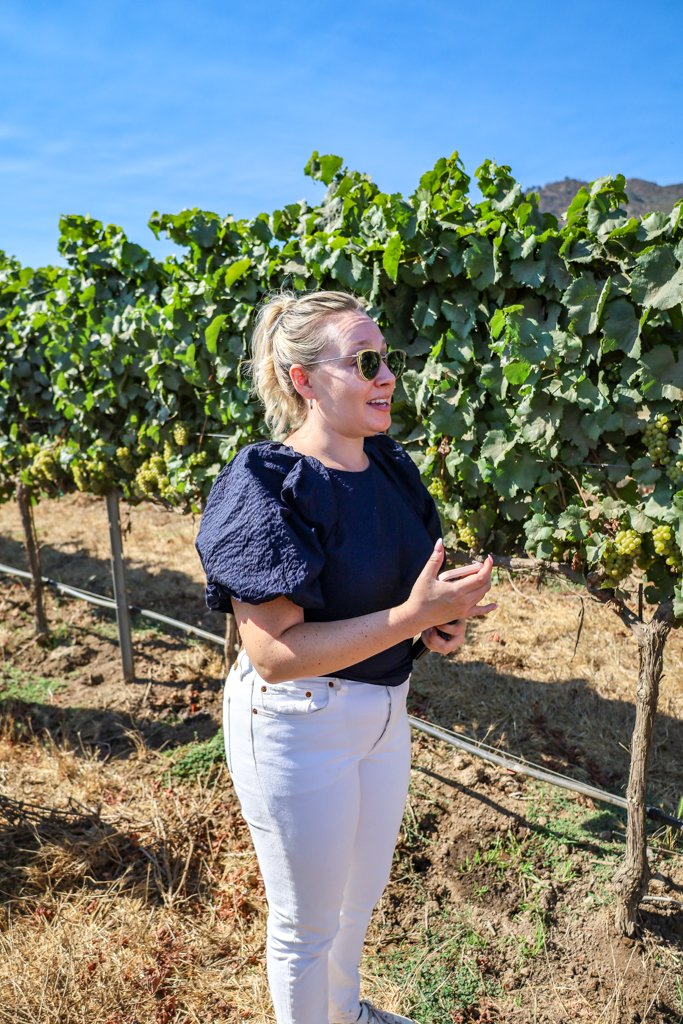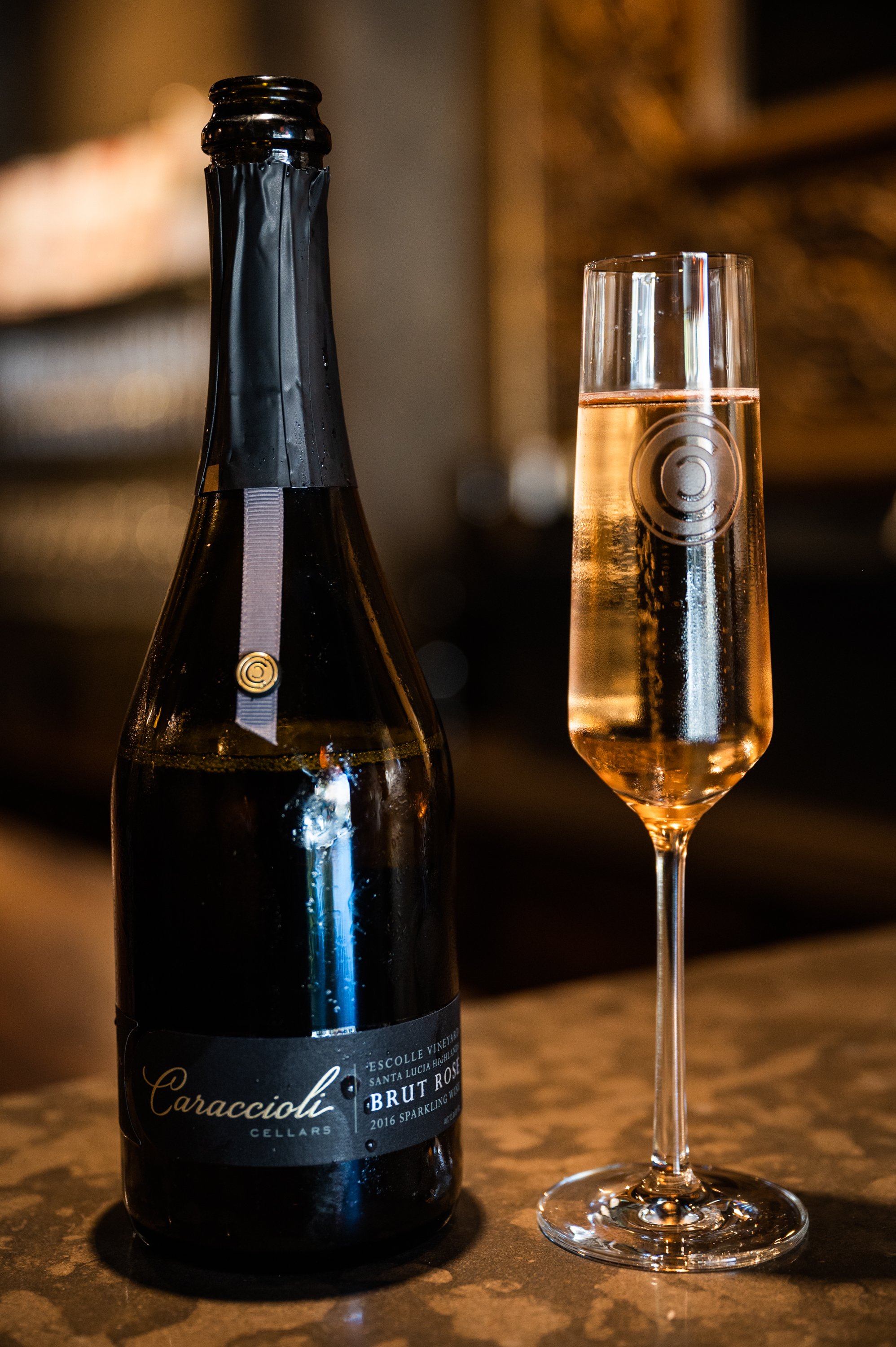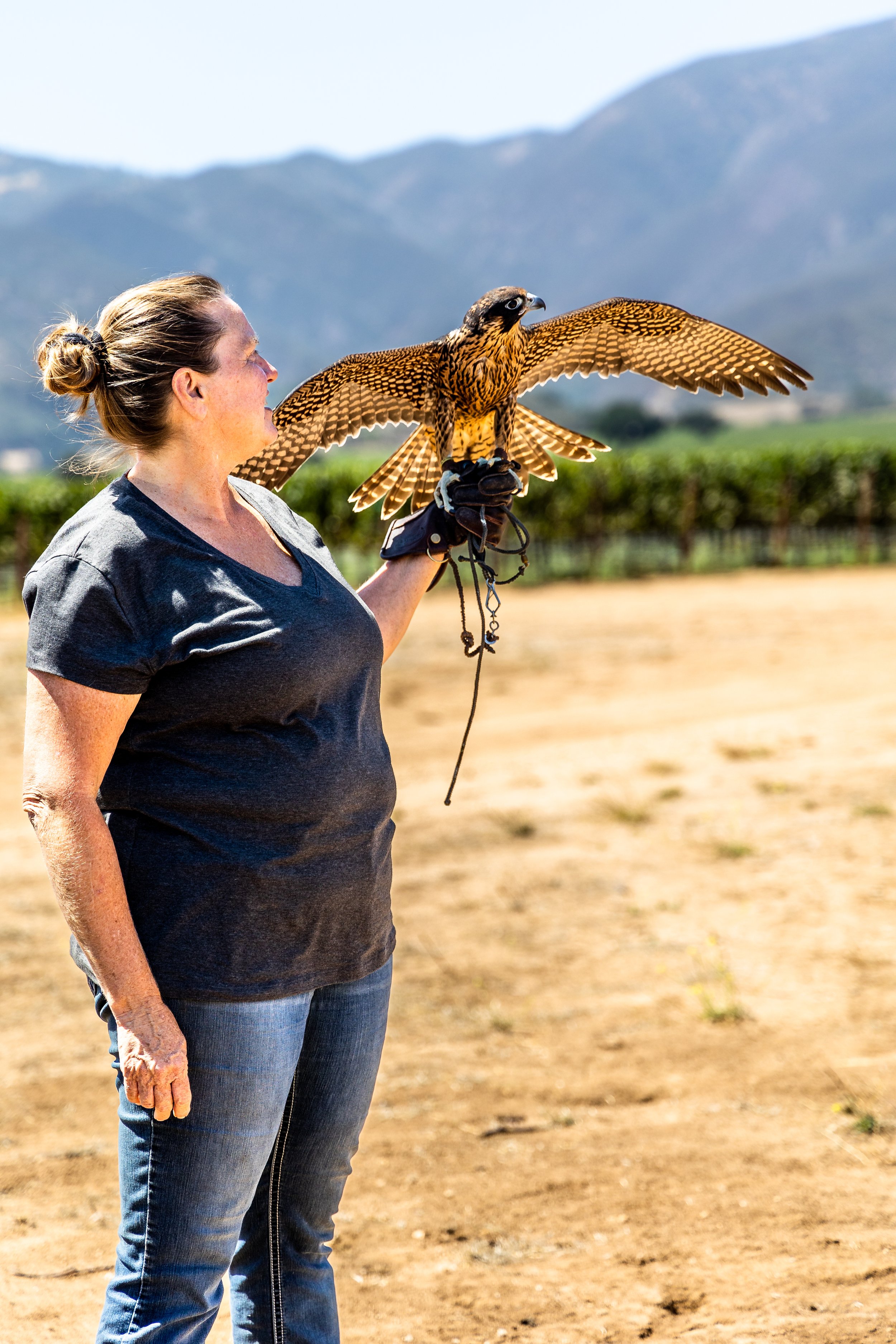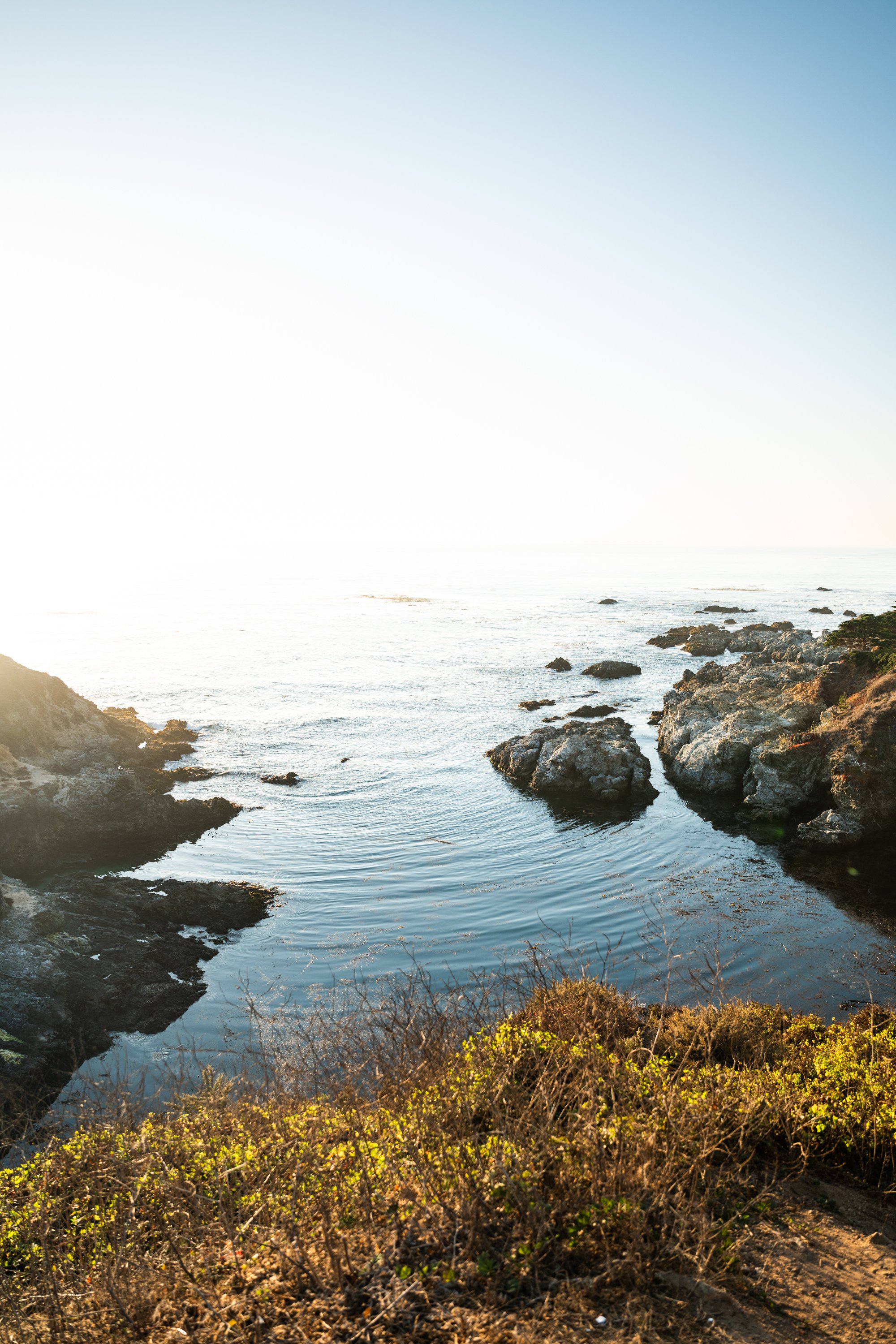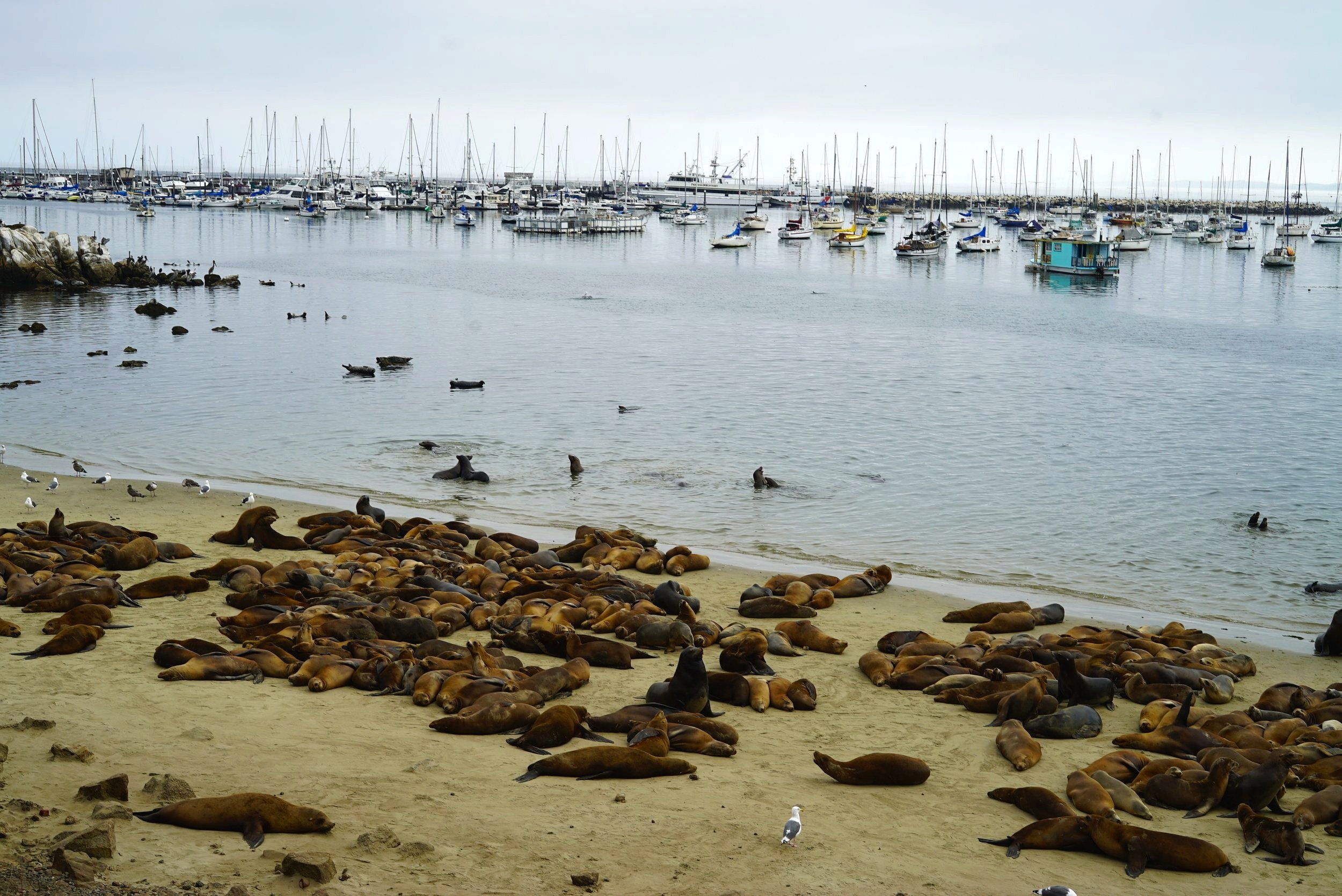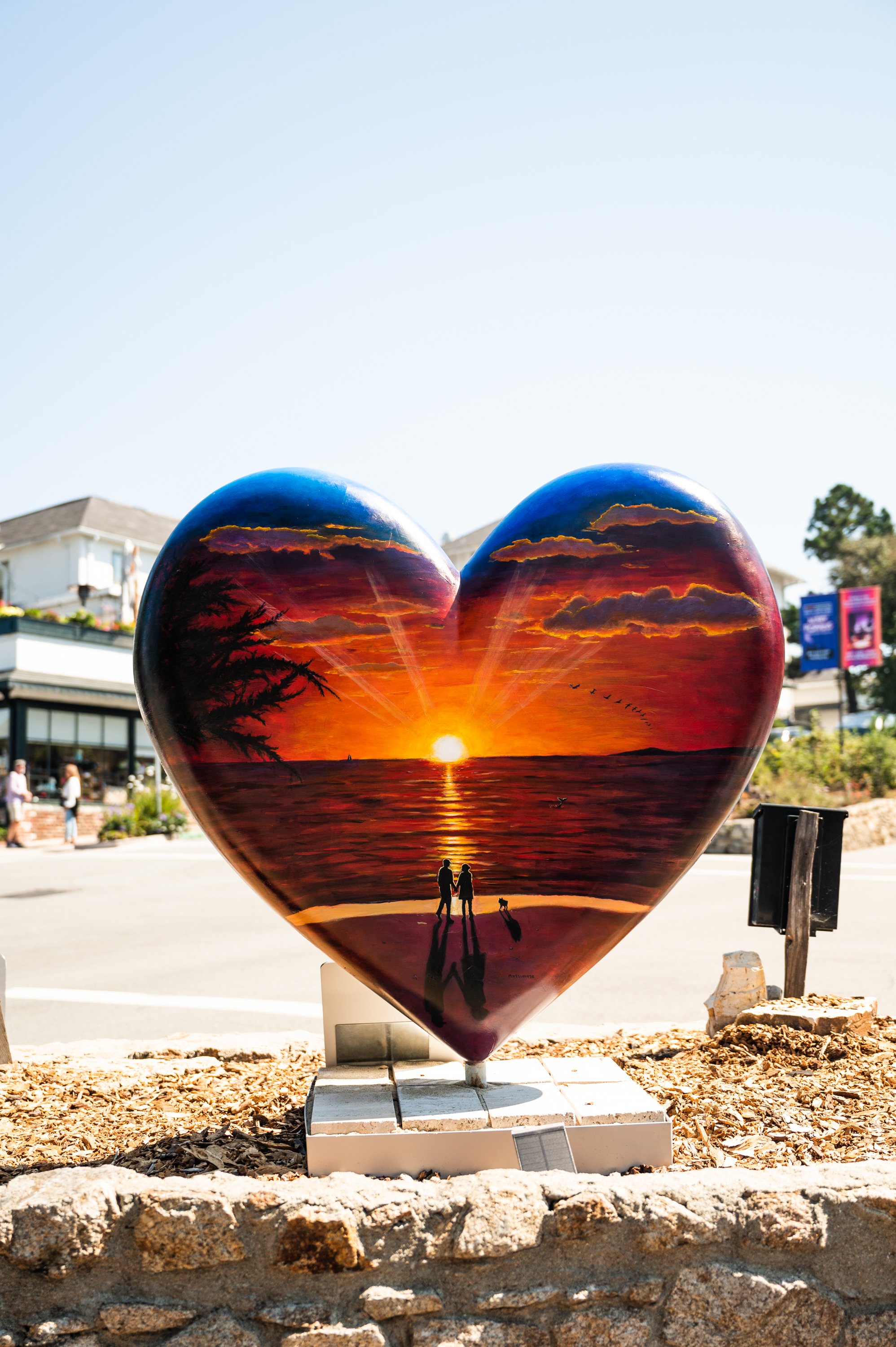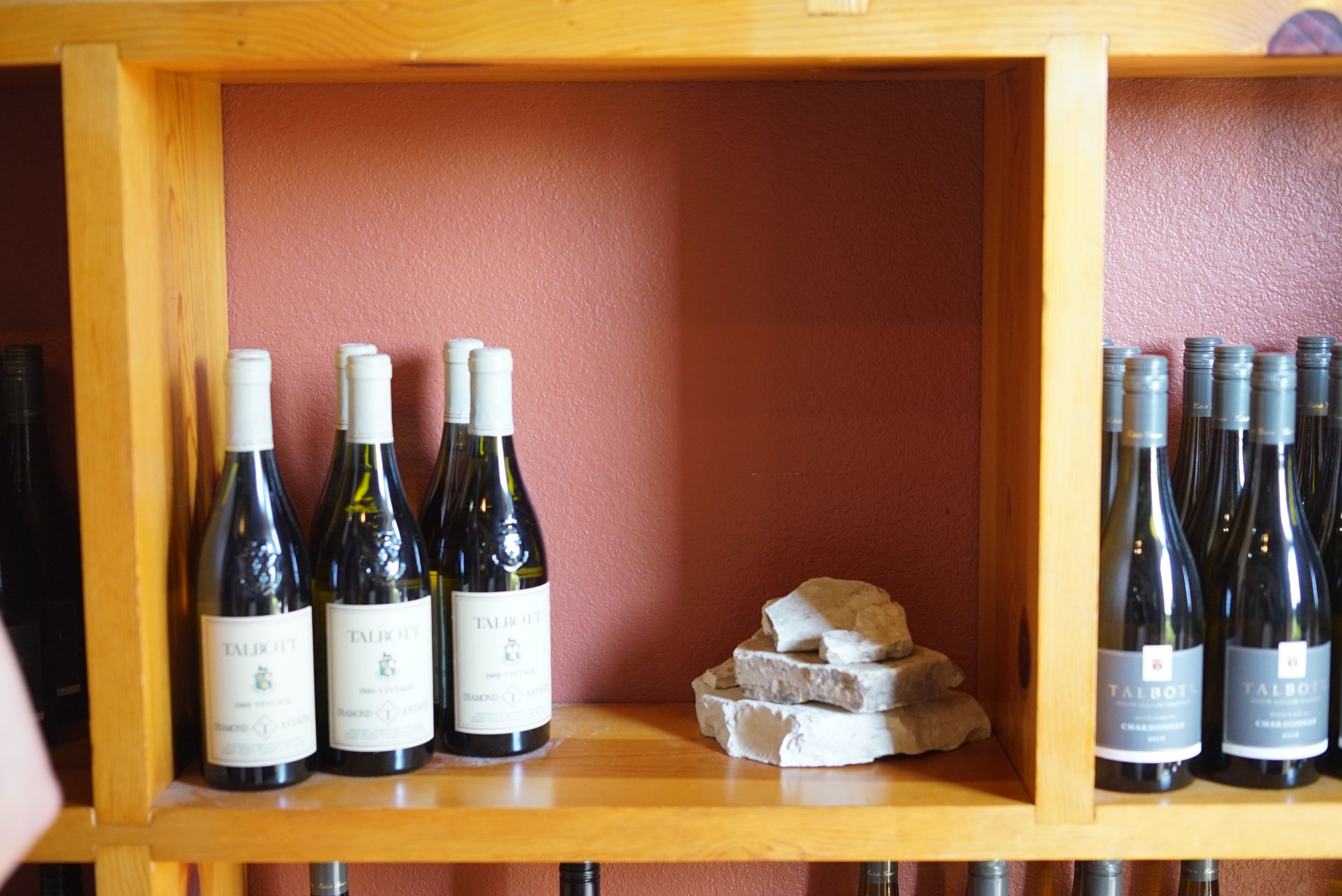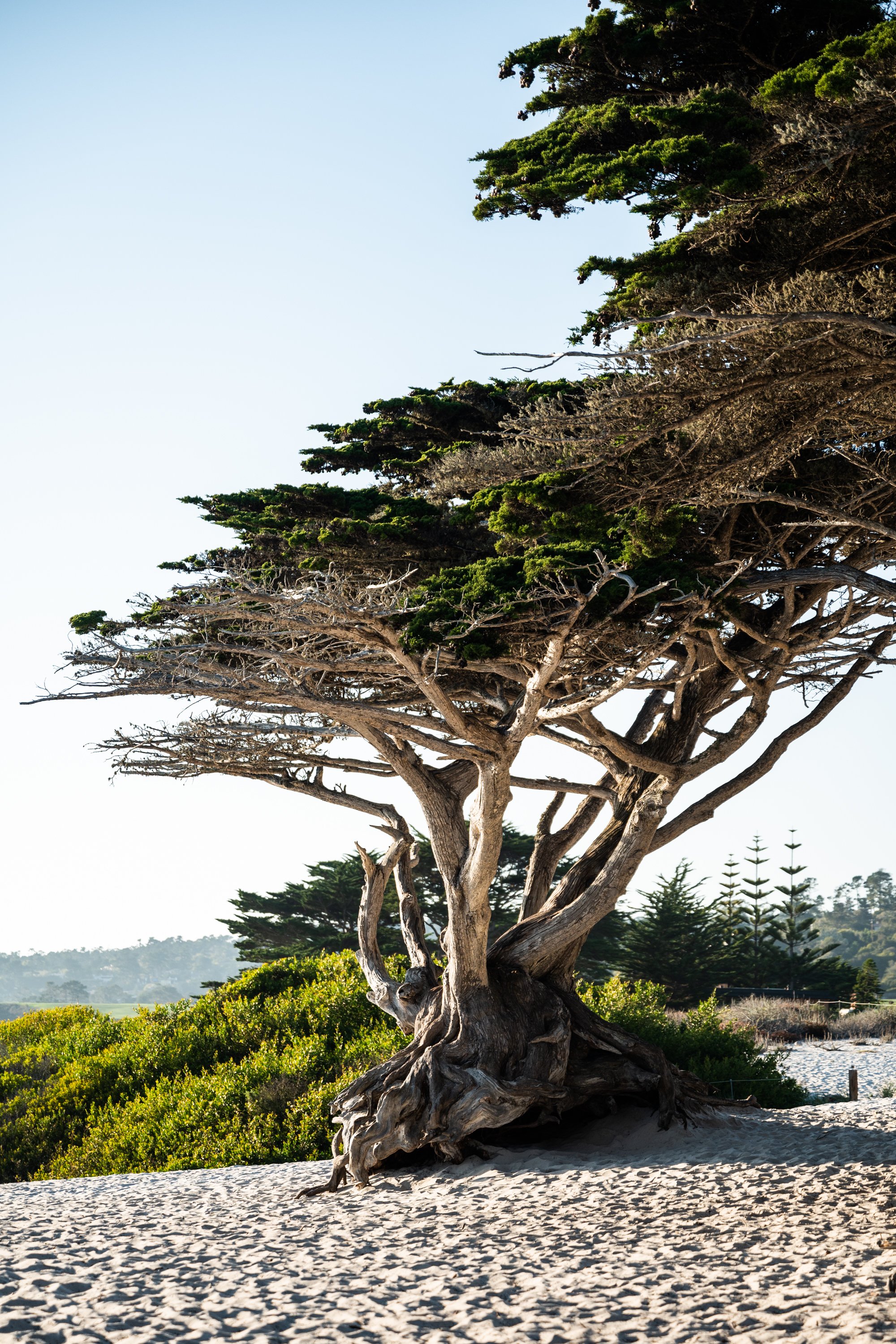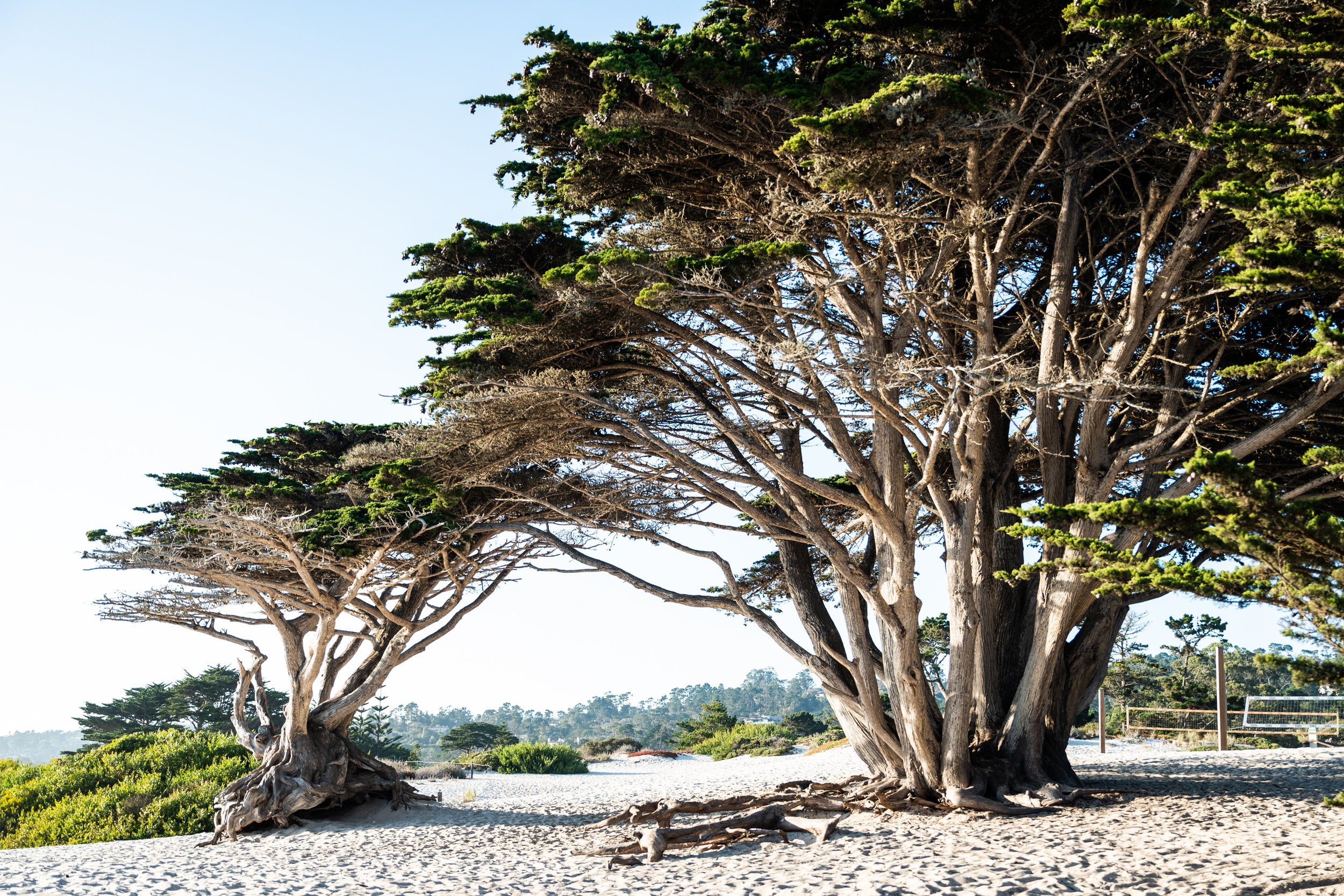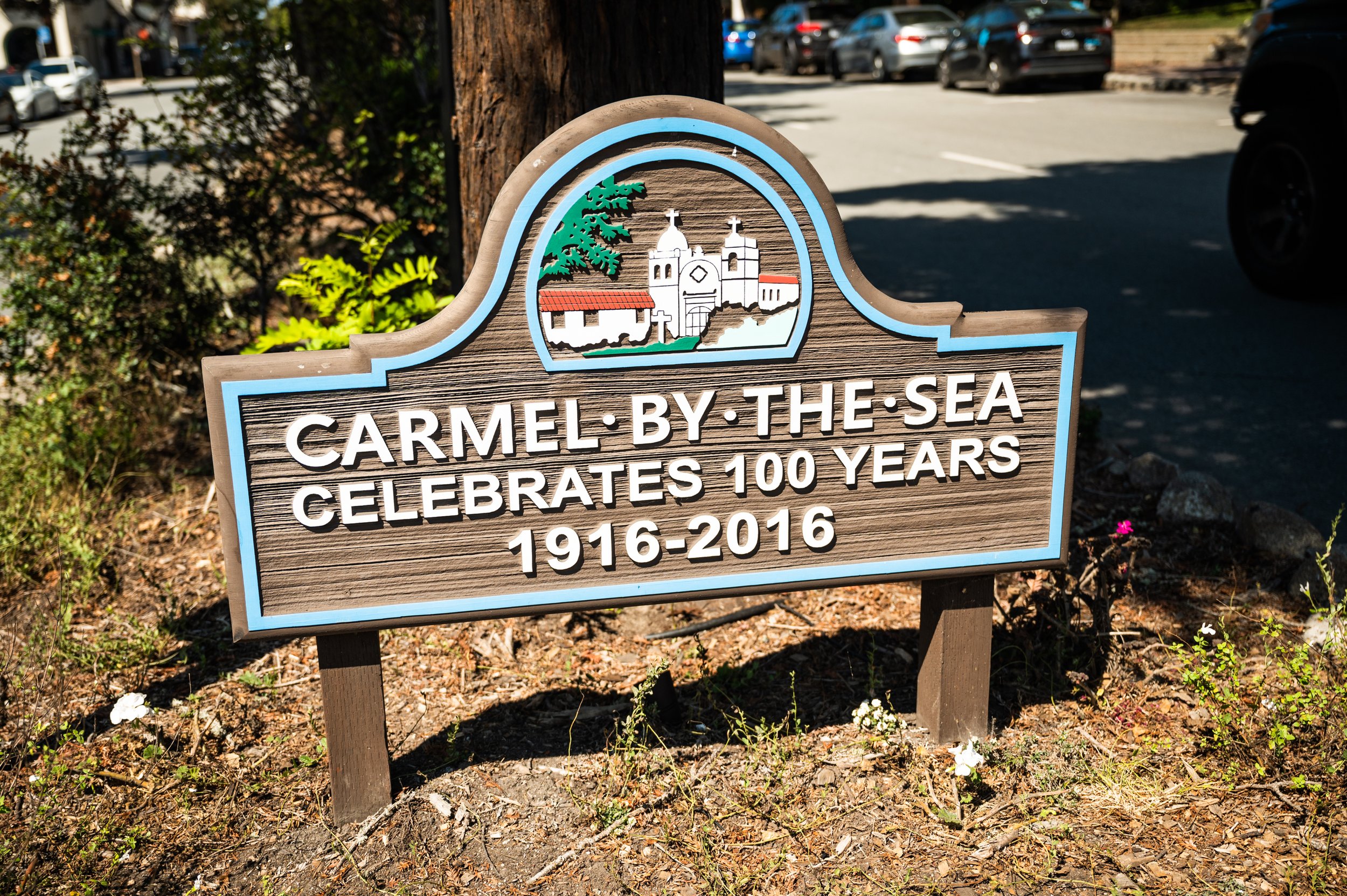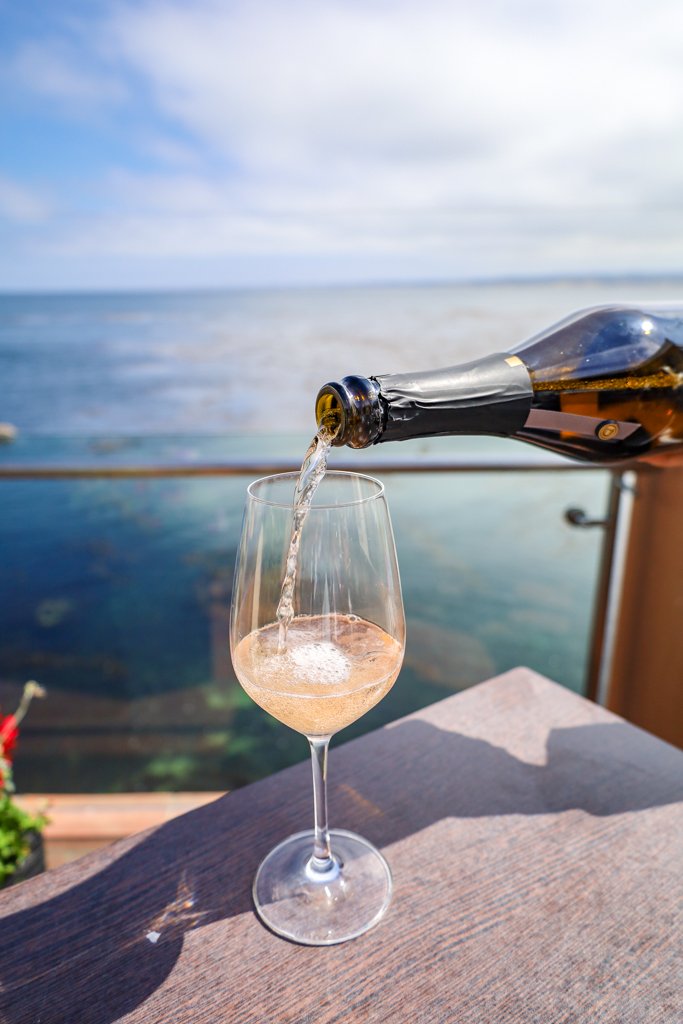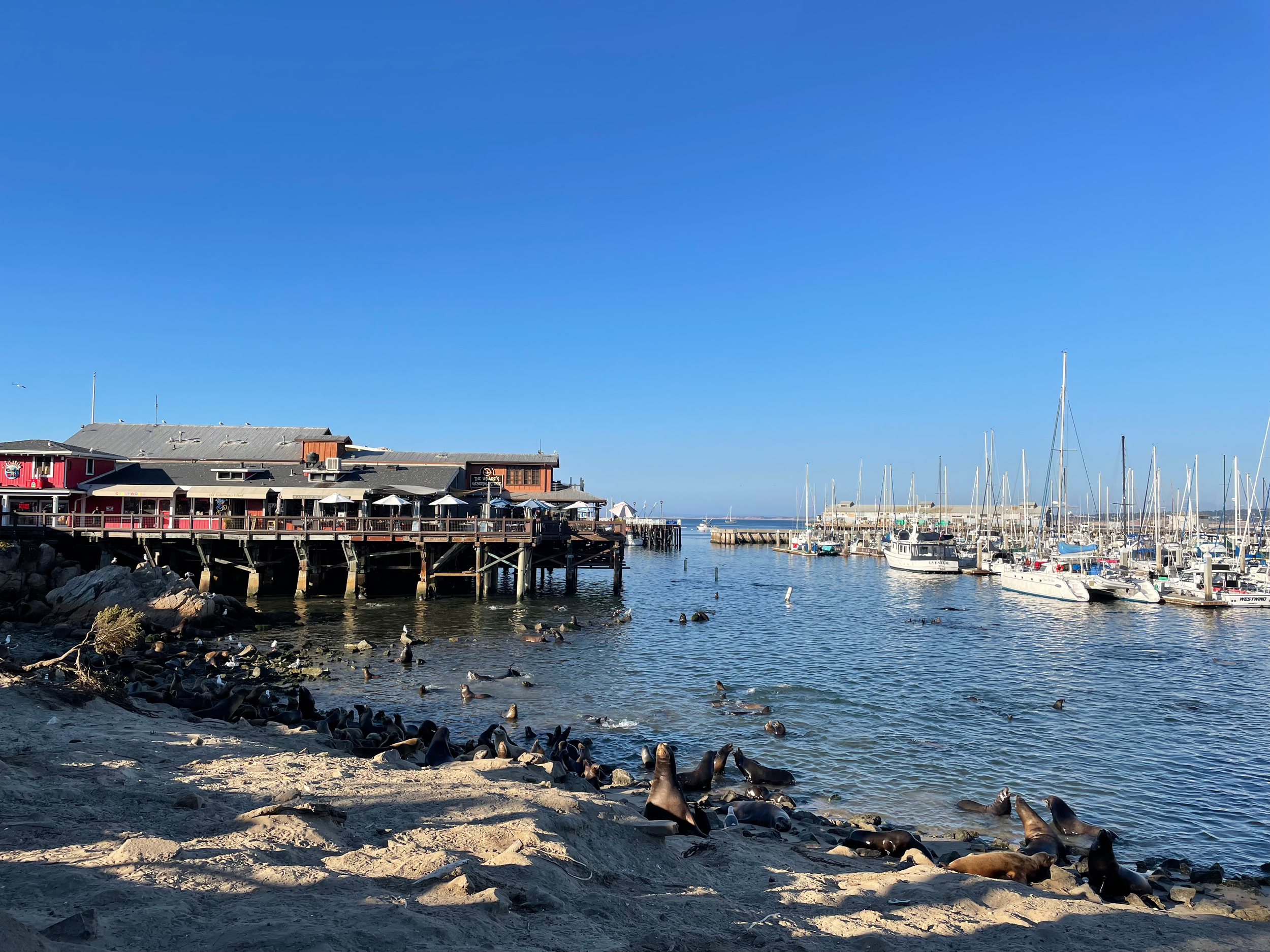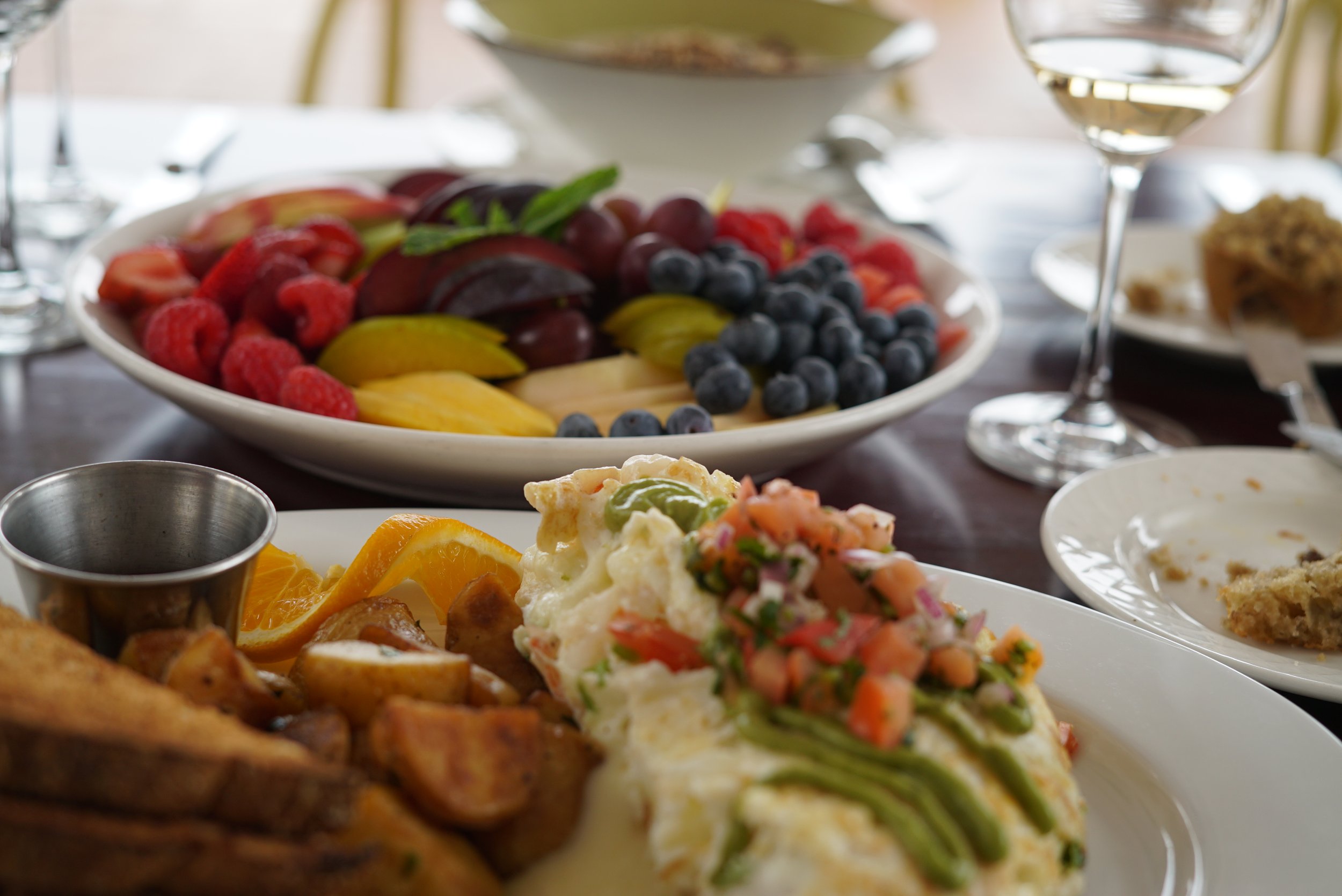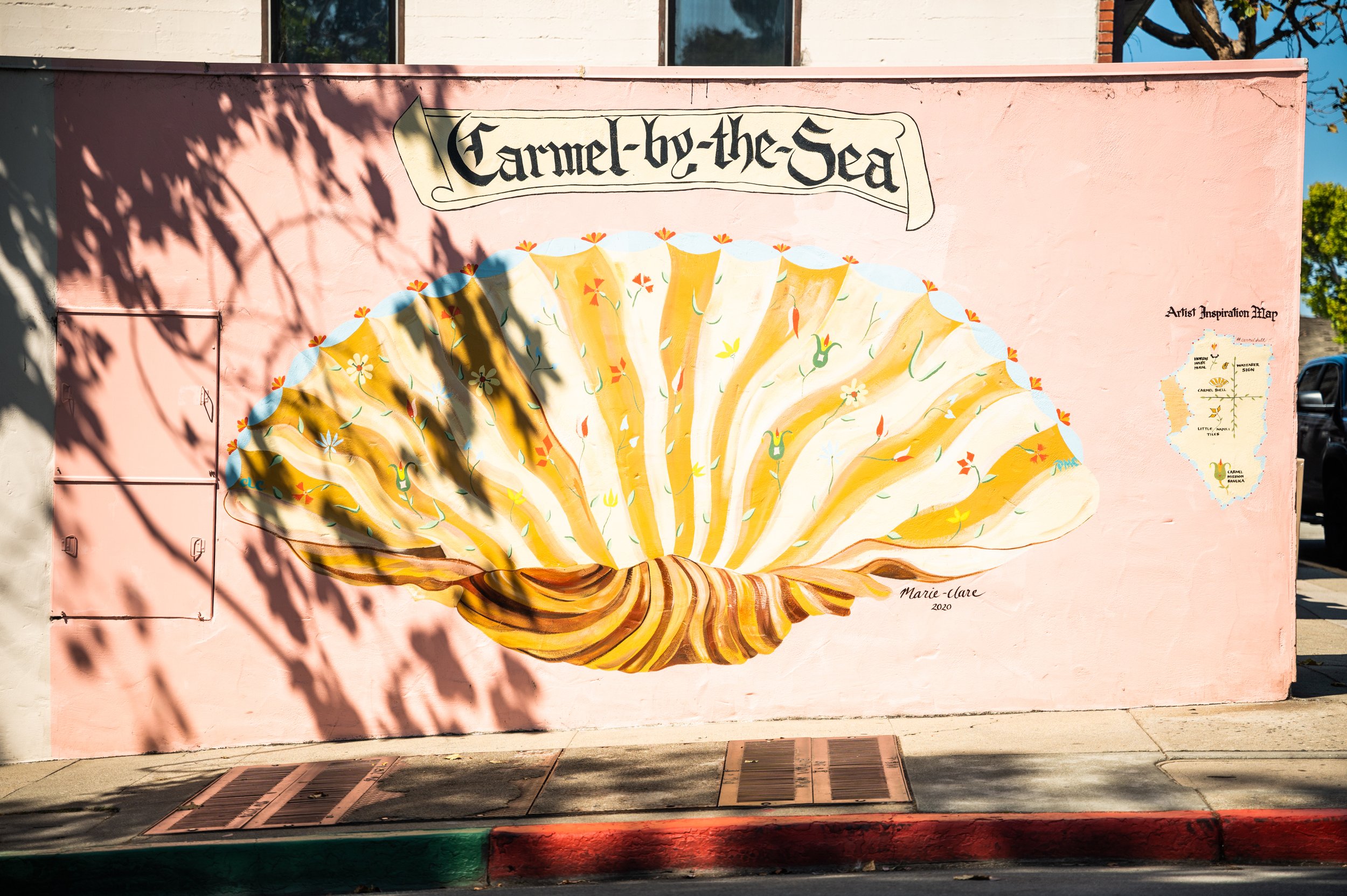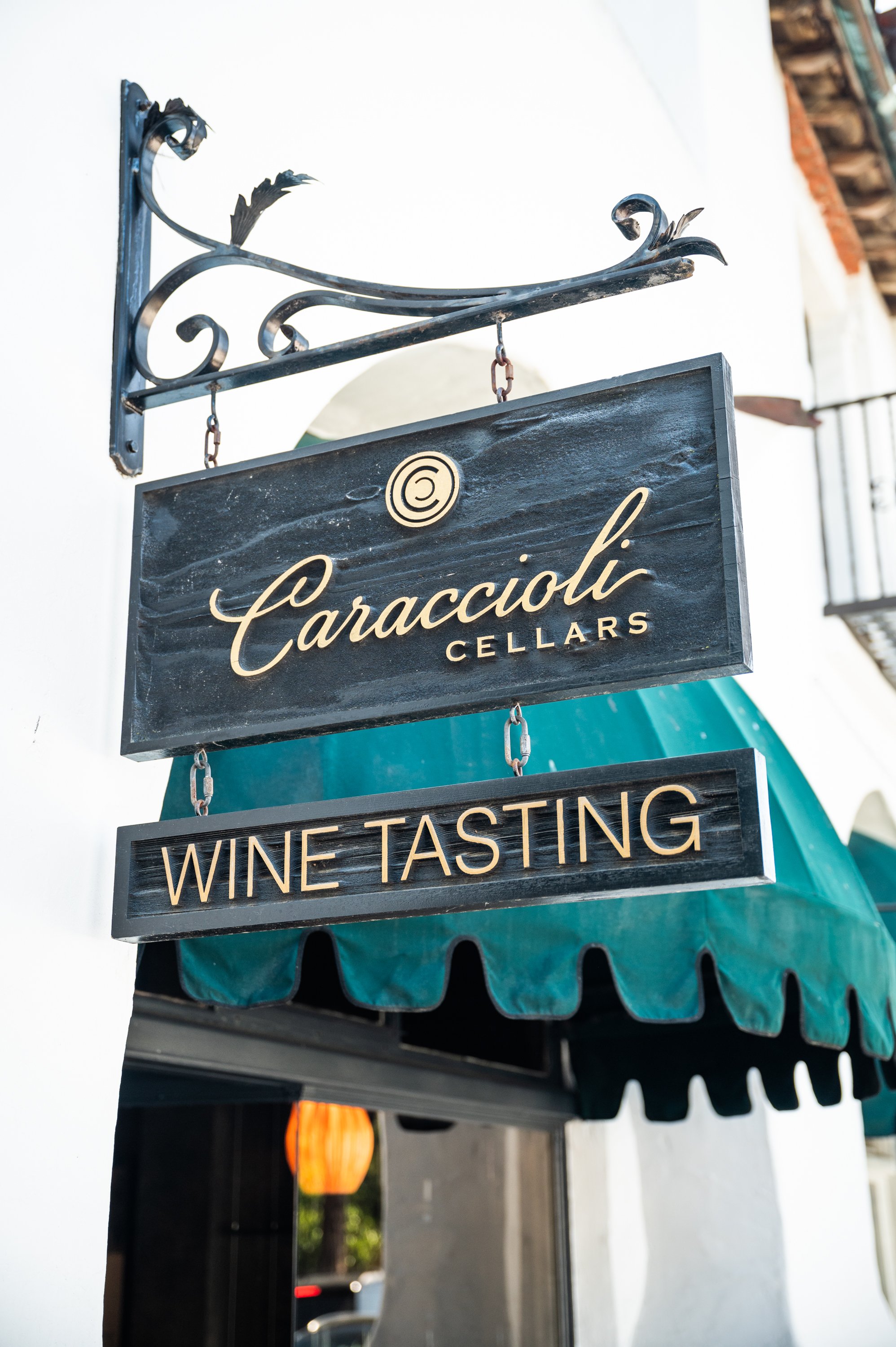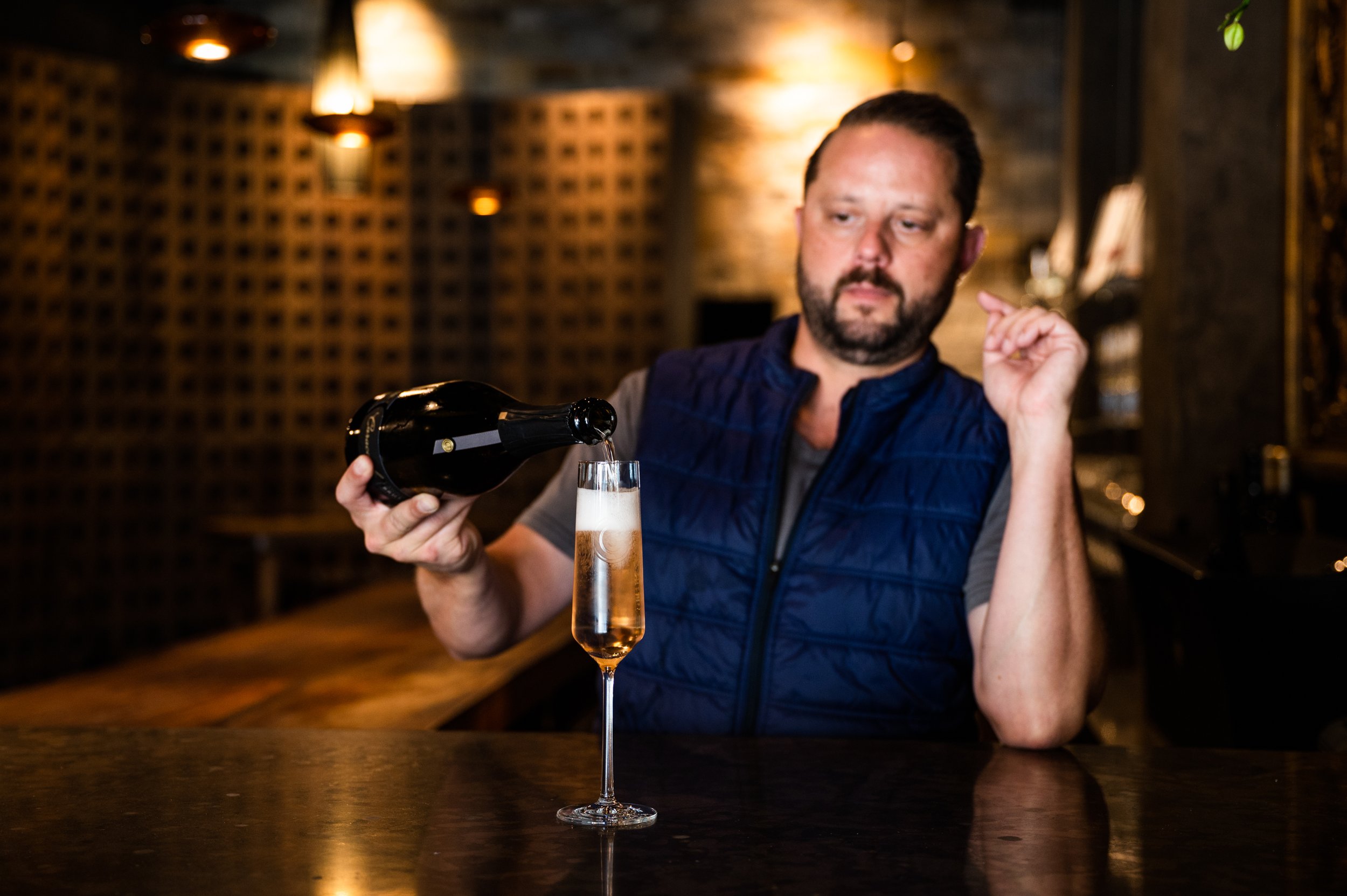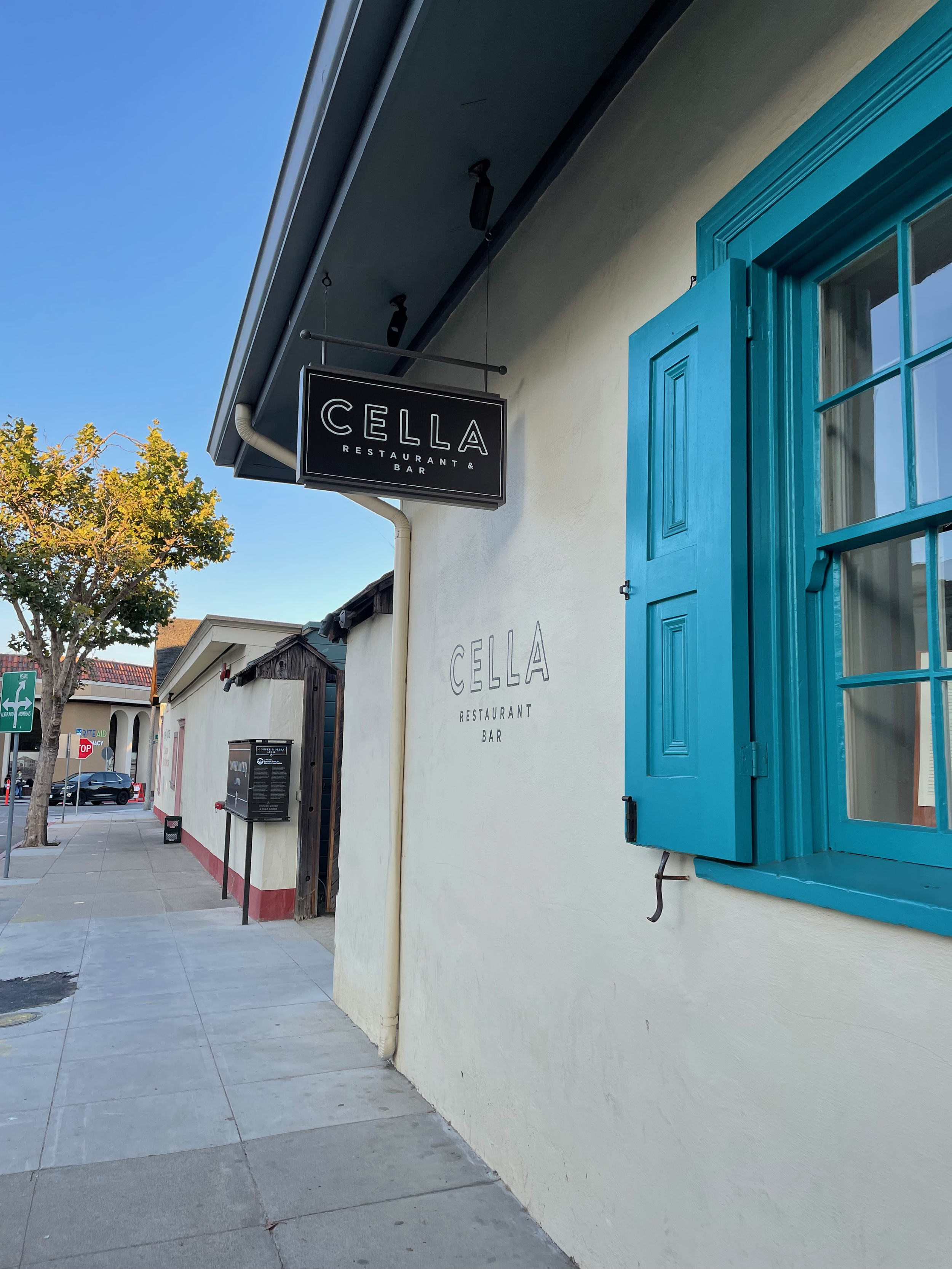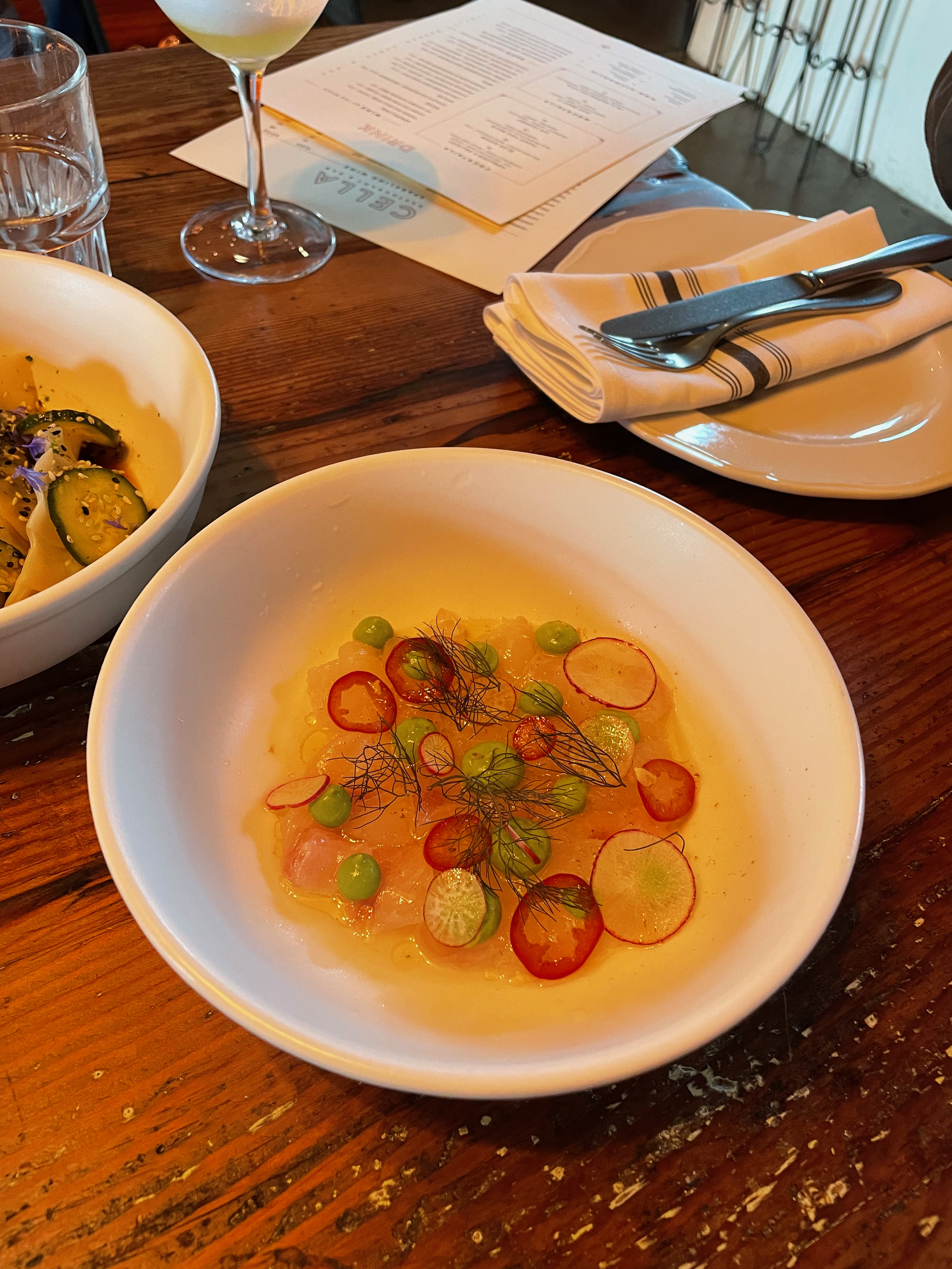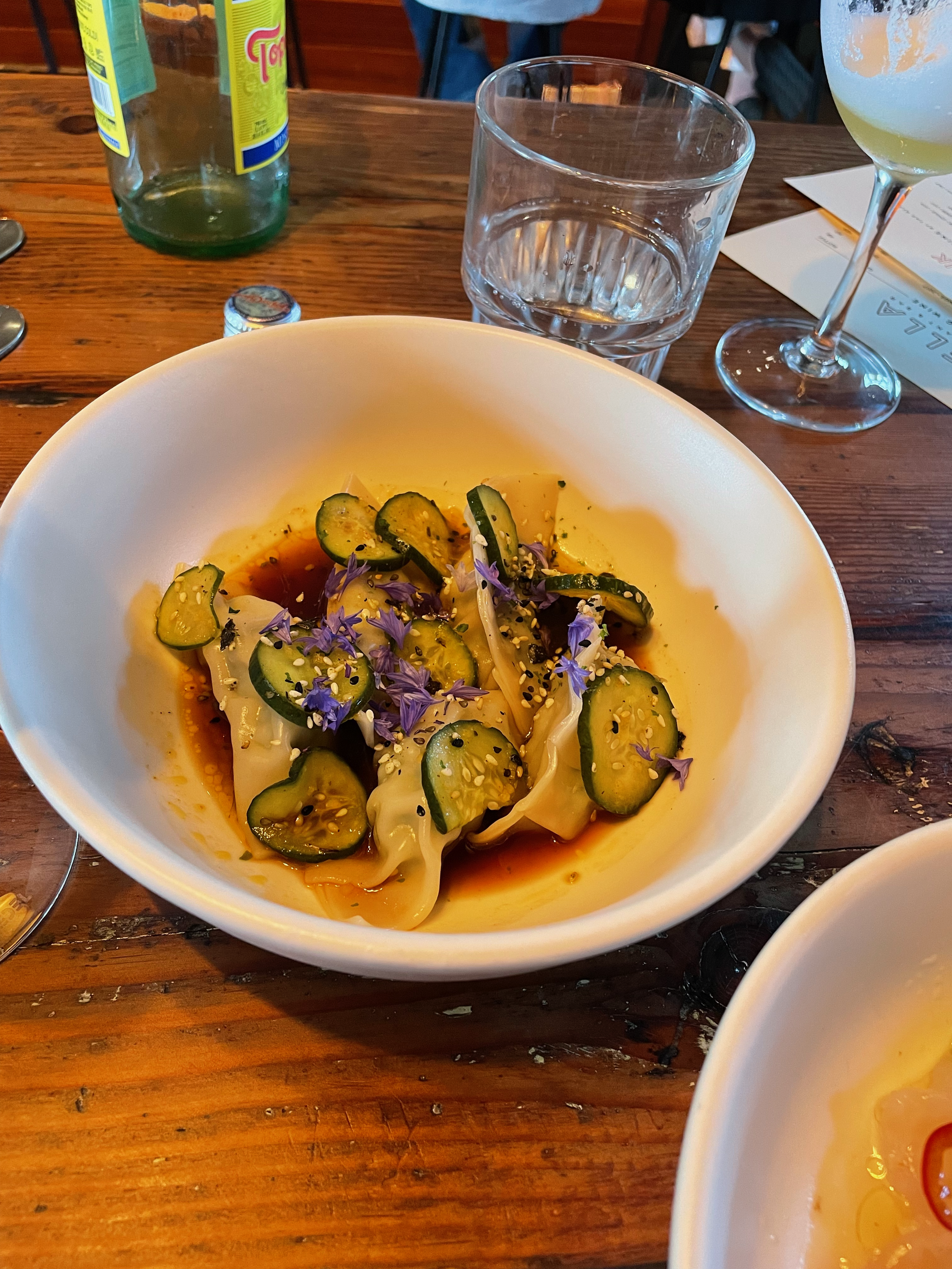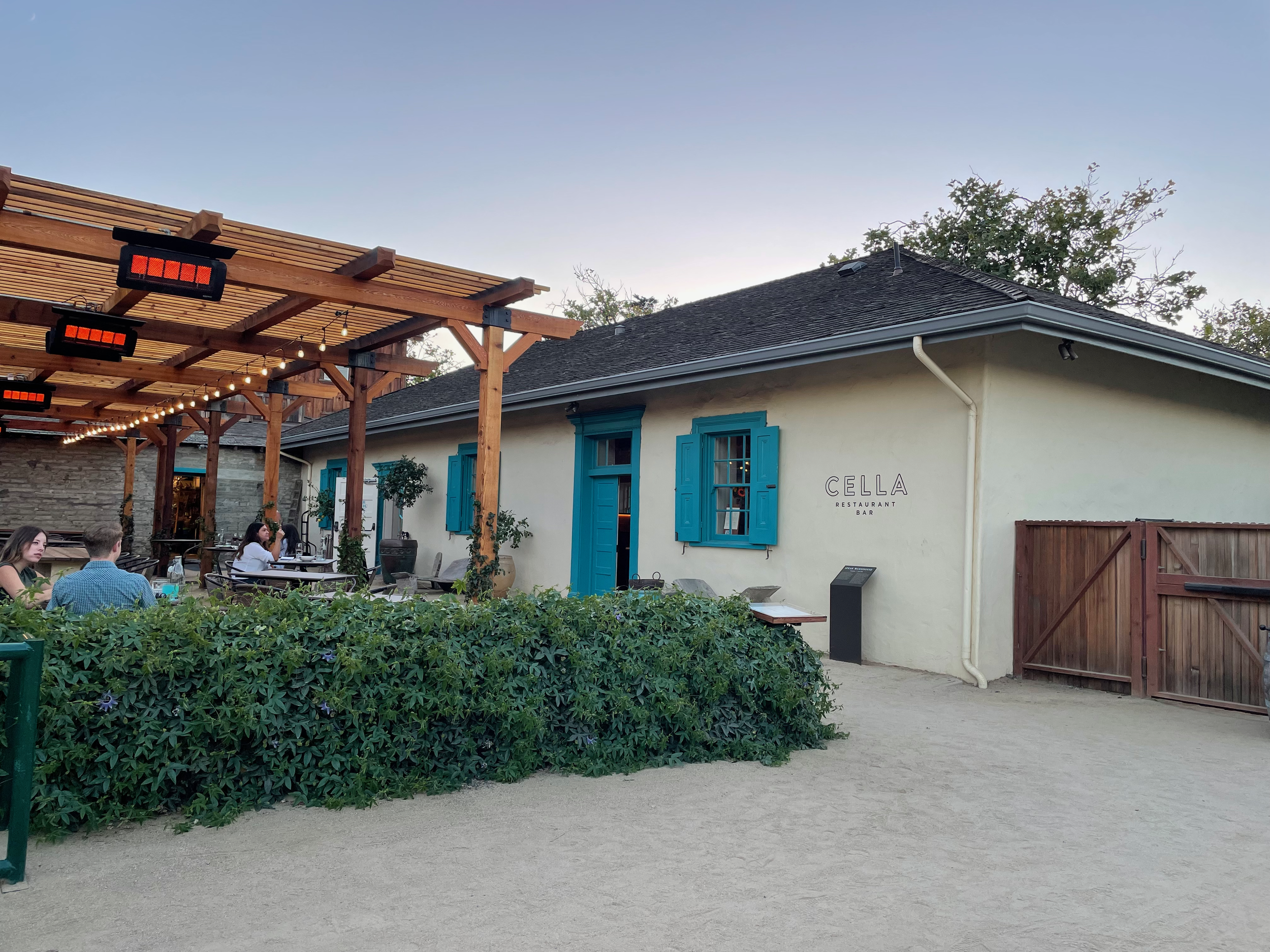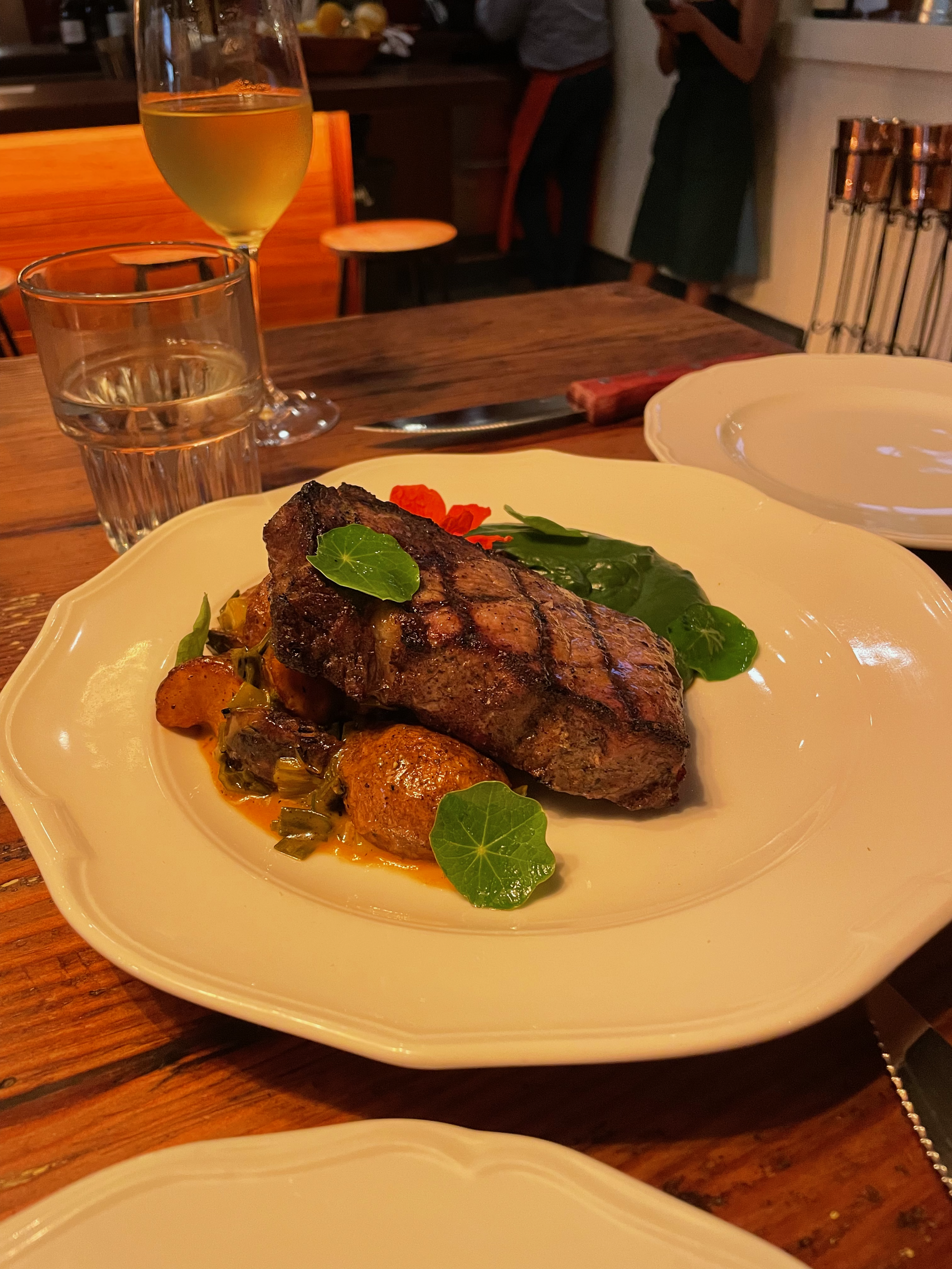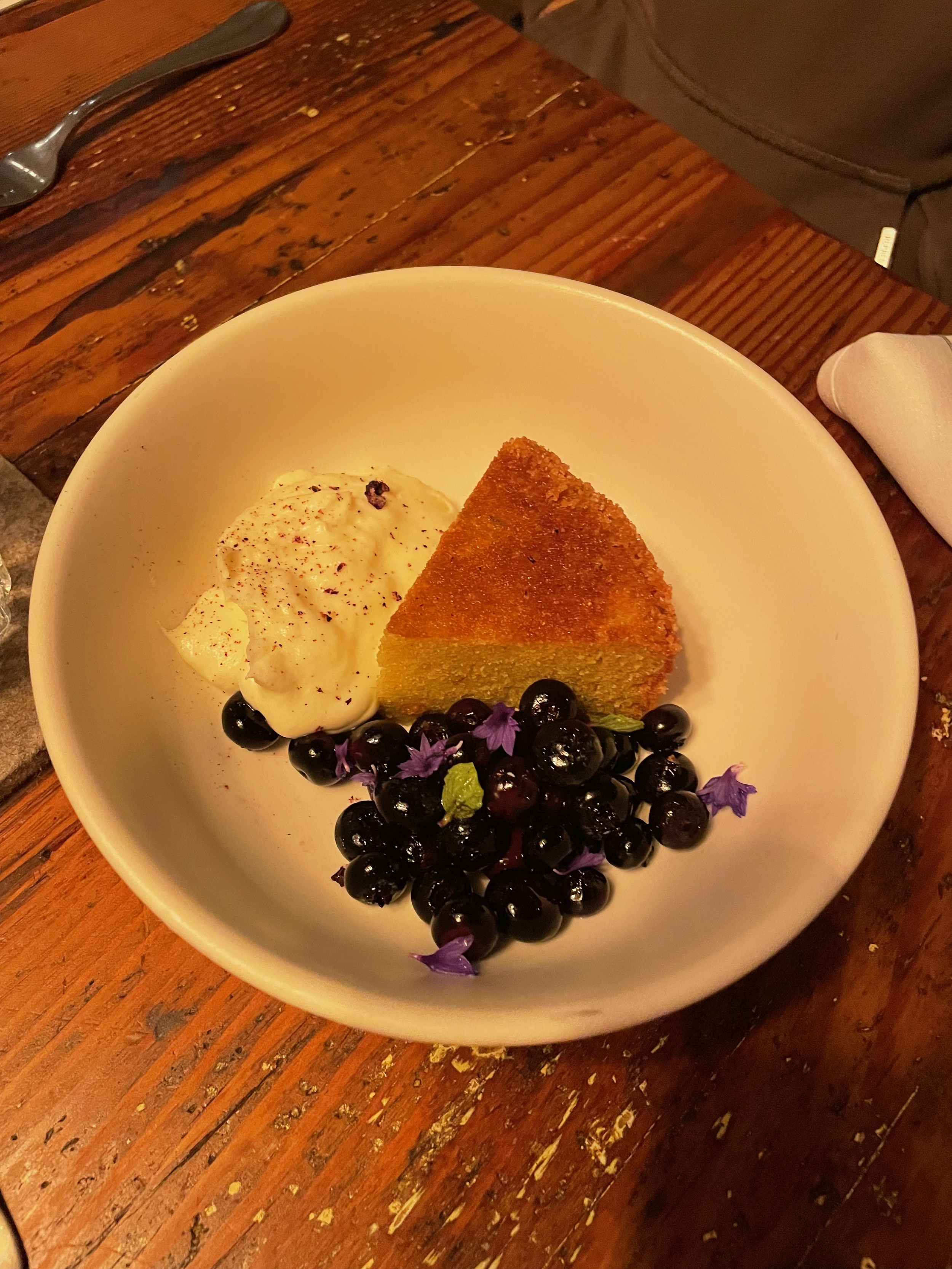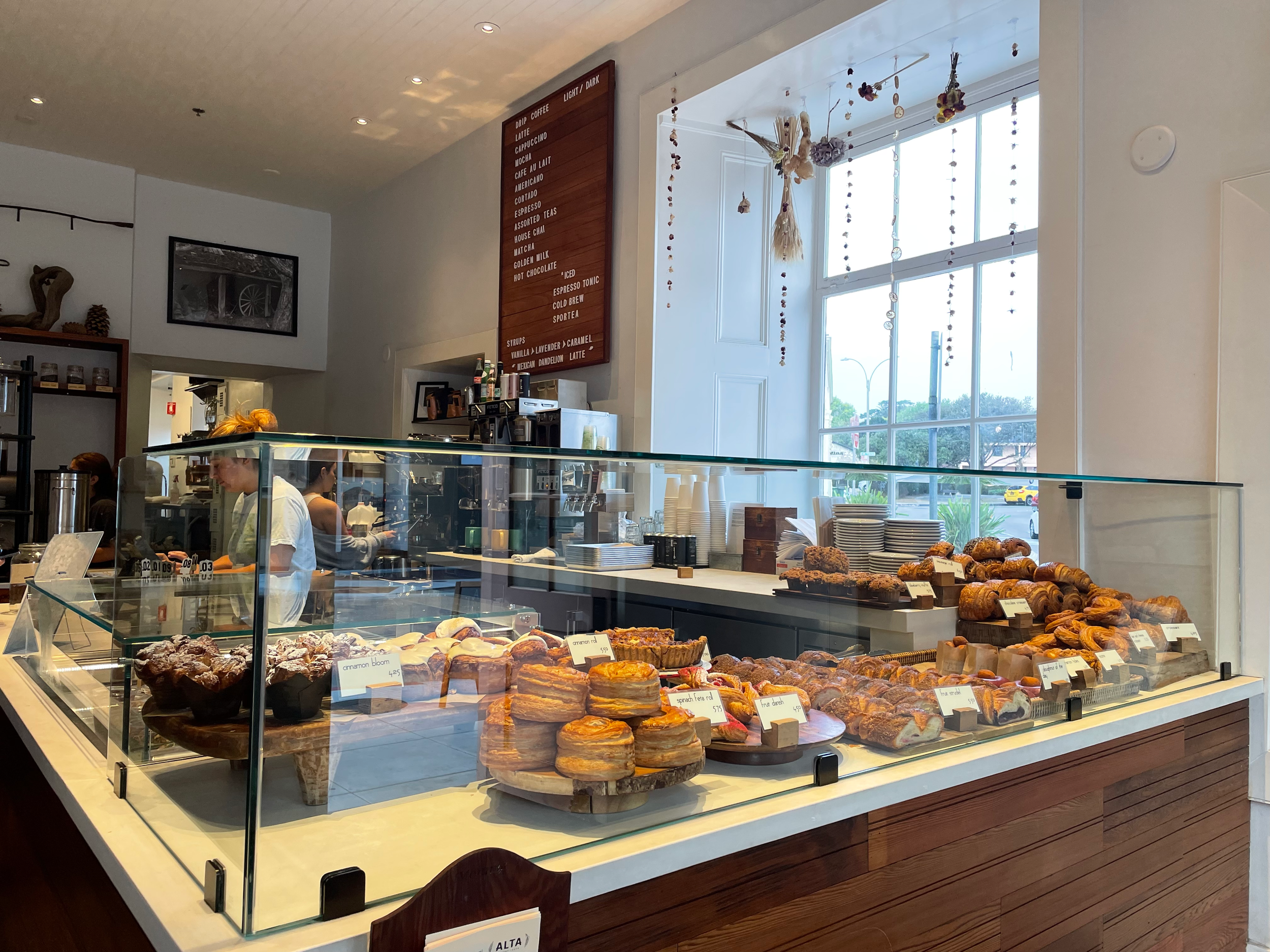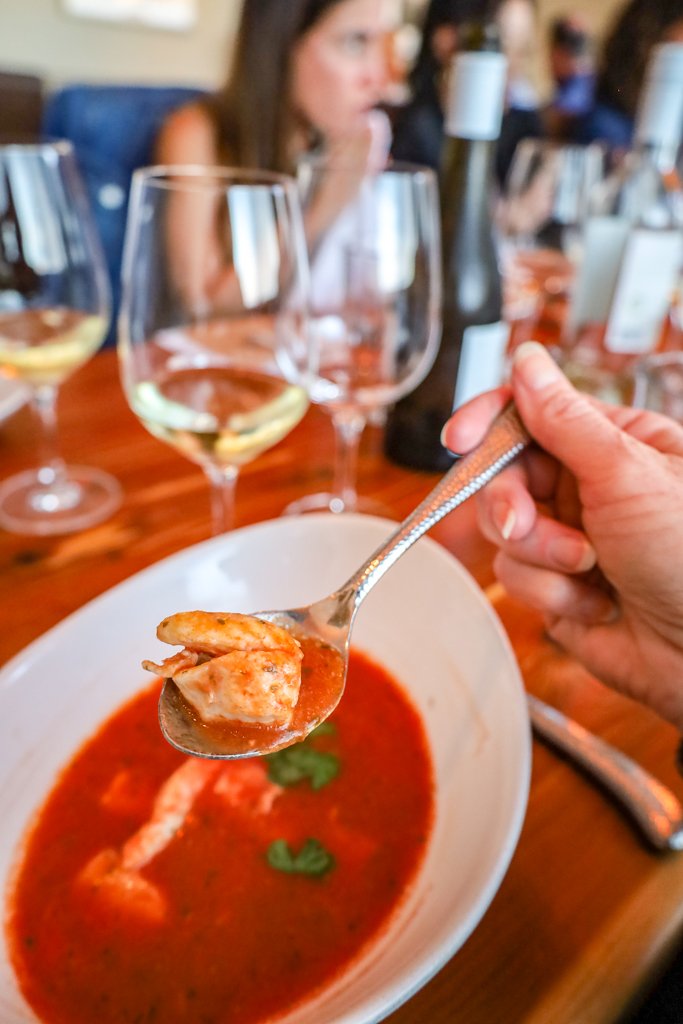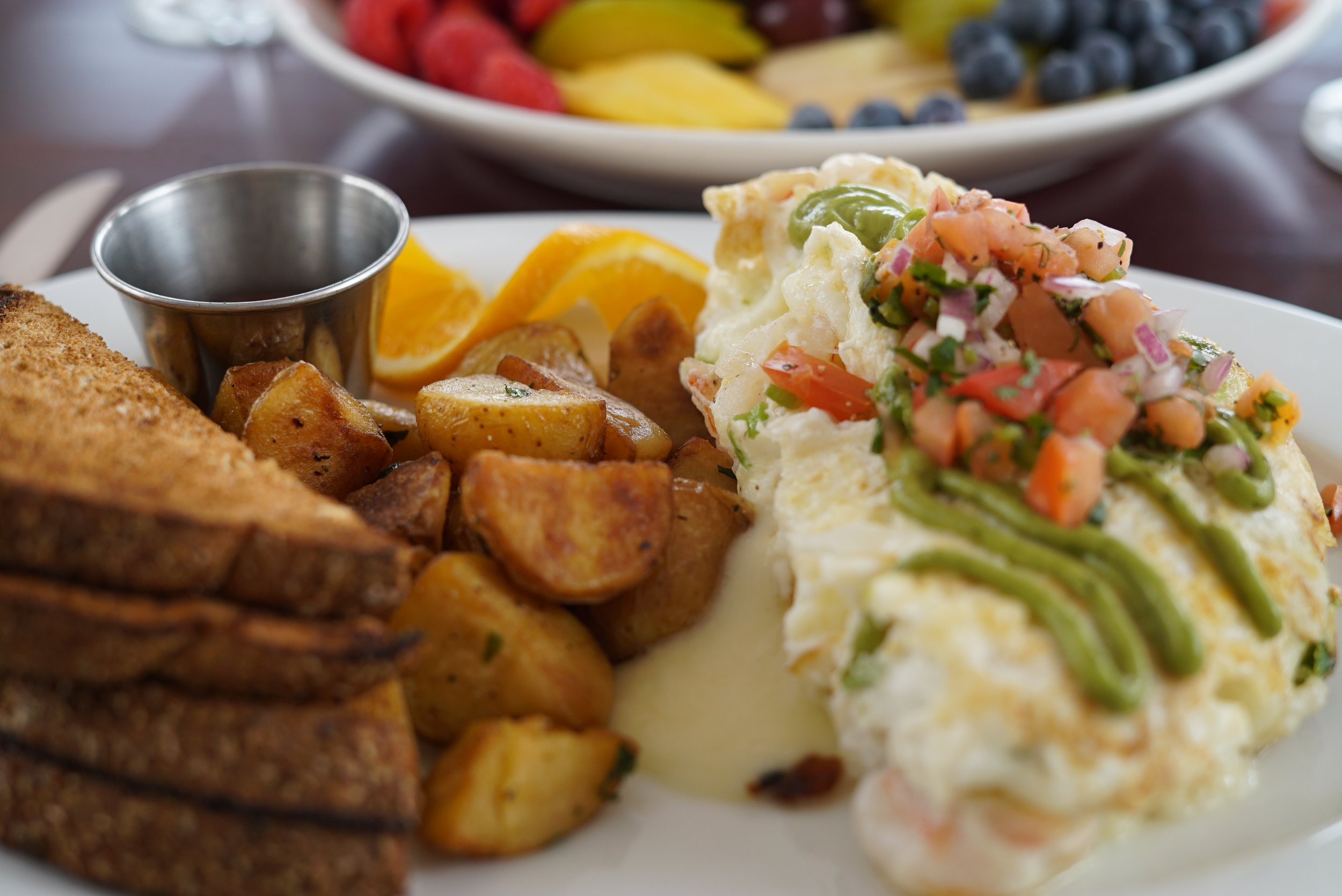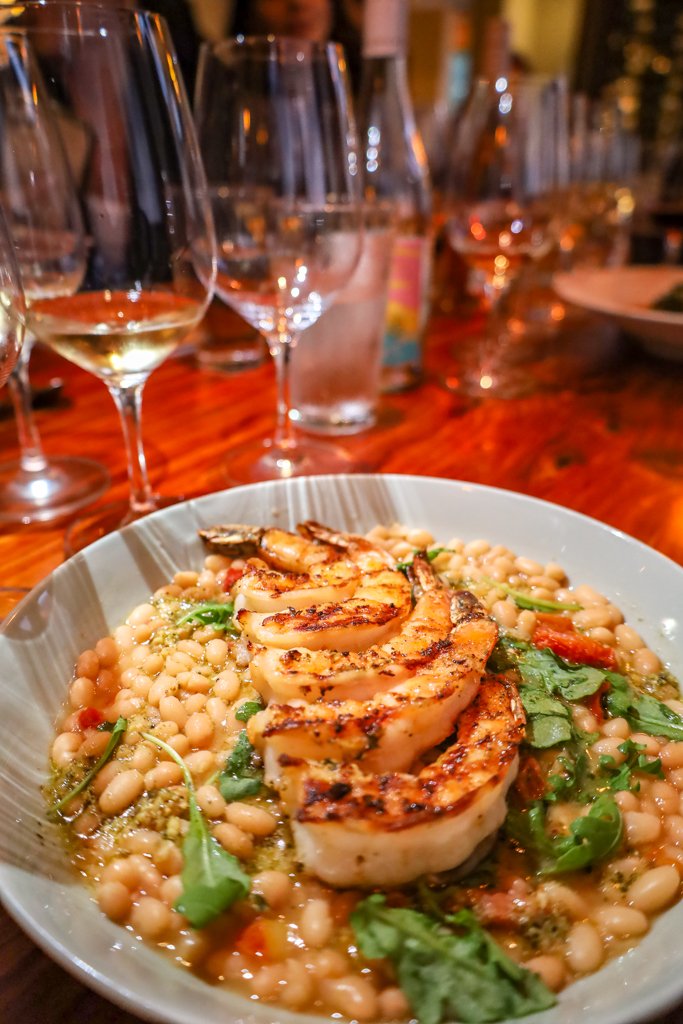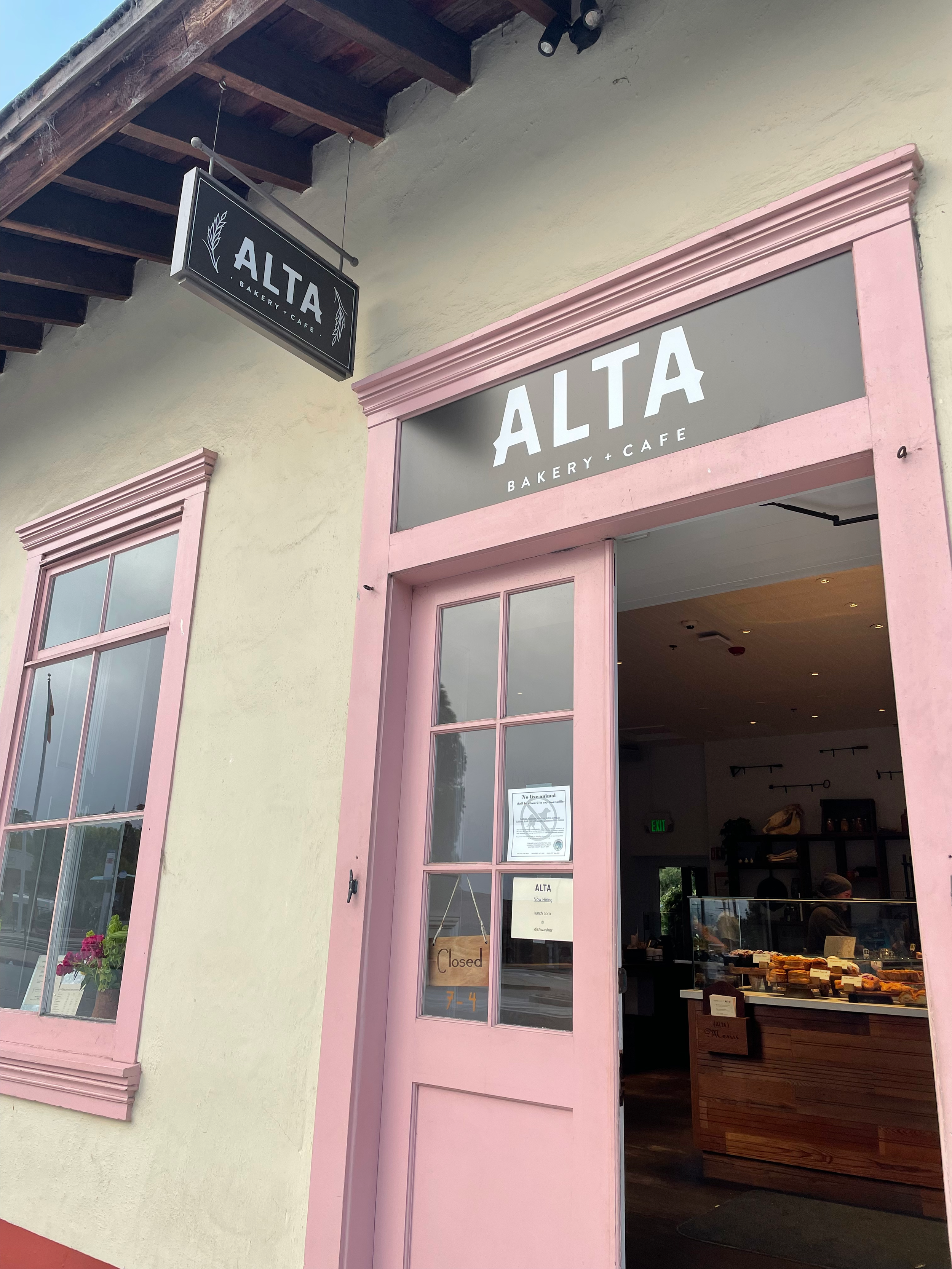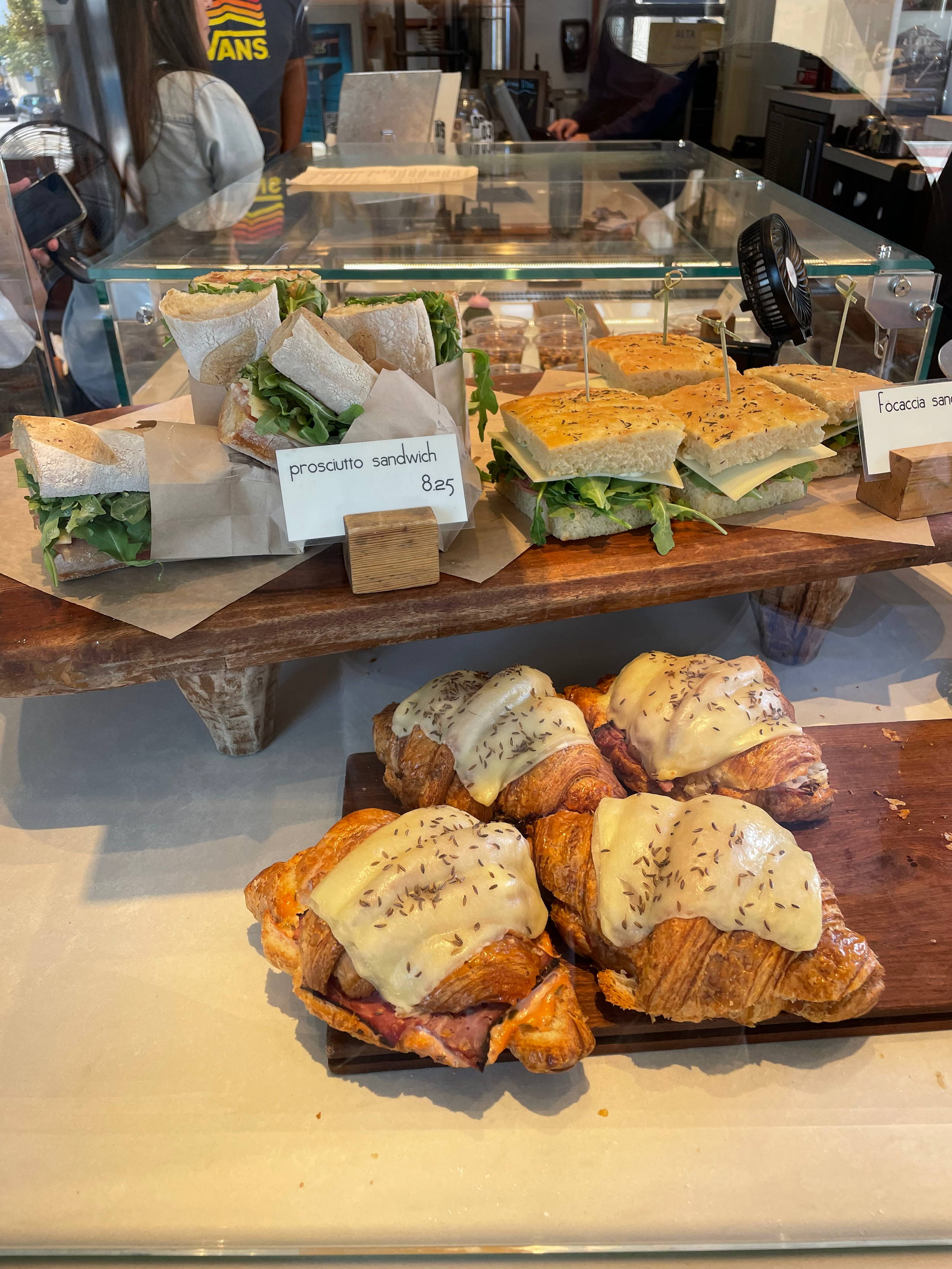DESTINY’S CHILD > BEYONCÉ
More Destiny’s Child than Beyonce, in Monterey the sum is greater than the parts. Unlike most wine regions in California, Monterey boasts an all-star cast of characters where grapes are happy to share the spotlight with produce, fruits, an iconic aquarium, the number one golf course in the country, and two of the most visited towns in the country.
Despite being home to some of California’s finest Pinot Noir and Chardonnay vineyards, the region of Monterey allows its commodities to work as a true ensemble. Which means, it’s really more like the best of ALL world’s in Monterey. The diversity of agriculture, weather patterns, and things-to-do list is truly unmatched here in the US, and also what makes it so difficult to summarize and characterize Monterey in one breath. In fact, depending on who you ask, responses could include everything from “the place where all the produce comes from” and “my favorite spot to hang with the sea lions” to “I love the Pinot from there” and “isn’t that where they shot Big Little Lies?!” Here, cool, coastal views overlooking Monterey Bay give way warmer temperatures about 30 miles inland where you’ll find endless rows of crops like artichokes, lettuces, and Meyer lemons vibing alongside Pinot Noir and Chardonnay vines. And while it seems incomprehensible to to think that Monterey is ALSO home to the world-famous Monterey Bay Aquarium, Pebble Beach, Carmel by the Sea, Big Sur, the “Salad Bowl of the World,” that’s exactly what makes Monterey one of the most interesting places in the world to visit.
HOW TO ATTACK IT
Tourists from all over the world flock to Monterey for any and all of the aforementioned reasons. But the key to visiting Monterey as a wine lover is embracing the fact that you’ll be doing a lot more than just tasting wine. It’s a strength in my book. But for those who love places like Napa Valley and Paso Robles where cruising down a vineyard-lined road from winery to winery in a few short minutes is a way of life, the Monterey wine-growing country may not offer that quick-fix appeal. Not exactly, anyway.
Embrace the fact that though this trip will be centered around wine, partaking in the “other stuff” Monterey has to offer will absolutely not detract from it. In fact, I’d venture to say it will enhance your overall experience. In addition to the fact that wine memories tend to be a bit “stickier” when they’re surrounded by non-wine things (this is why I always recommend listening to music or trying to assign favorite movies or people to what you’re tasting), getting to know the culture of the wine region is essential to understanding why things are done a certain way.
That said, don’t feel like you need to get it ALL in there. A solid wine-focused trip needs few more than 2 to 4 days. In that time you’ll be able to seamlessly weave in all the culture Monterey has to offer - do some wine tasting down in Carmel-by-the-sea, take advantage of all the great culinary options, and even partake in some of the more “touristy things” like Cannery Row and the Monterey Bay Aquarium if you choose.
GETTING HERE
🚘 By Car:
Monterey is located about 2 hours south by car of San Francisco and a perfect midway stop if you’re heading further south to Paso Robles.
✈️ By Plane:
For those coming from a little further away, a small, regional Monterey Airport (MRY) offers several direct flights to Los Angeles, Phoenix, Dallas, and Denver on United, American, and Alaska. And if you’re traveling internationally the San Jose International Airport is just over an hours drive.
NAVIGATING THE GEOGRAPHY & WEATHER
I love spending time on Monterey but damn do I hate packing for it! It’s a little bit complicated when it comes to geography and weather here, so it’s important to understand the layout of the region and just how different things can be from east to west. This will help tremendously when planning your trip as well as when you’re tasting the wine.
To start, the Monterey AVA (American Viticultural Area) wine-producing region sits within California’s wider Central Coast AVA, south of San Francisco County and north of Santa Barbara County along the Pacific coast. And while most of your hotels and restaurants sit directly on the coast, the vast majority of the vineyards sit in-land - about a 45min drive west. I’ll break down how to approach this from a touring standpoint a bit more below, but one thing you should notice as you move from the hotel to the vineyards is the dramatic temperature change.
BY THE COAST 🌊
Like most coastal regions, as you move closer to the Pacific on the eastern side of the region, you’ll find it’s more consistently cool from morning to night. Temperatures will hover around the 60’s (F˚) in the warmer months and 50’s in the cooler months with little change from morning to night. In short, pack a sweater and prepare for your hair to do whatever it normally does in humid conditions.
IN-LAND 🍇
The vineyards in-land in AVA’s such as the Santa Lucia Highlands tell a different story. Expect strong, gusty winds in the early afternoon (bring a hair tie and/or a sturdy hat), dry heat, and temperatures that can reach into the 80’s and 90’s in the summer months during the growing season. Layering is key here as the region does experience a diurnal shift - a gradual but daily temperature swing from night to day of anywhere from 15-30 degrees.
Despite the relatively close proximity, you’ll essentially have to pack for two different trips with one set of clothes for tasting in-land and another set to off-set the chilly coastal breezes and thick fog you’ll encounter.
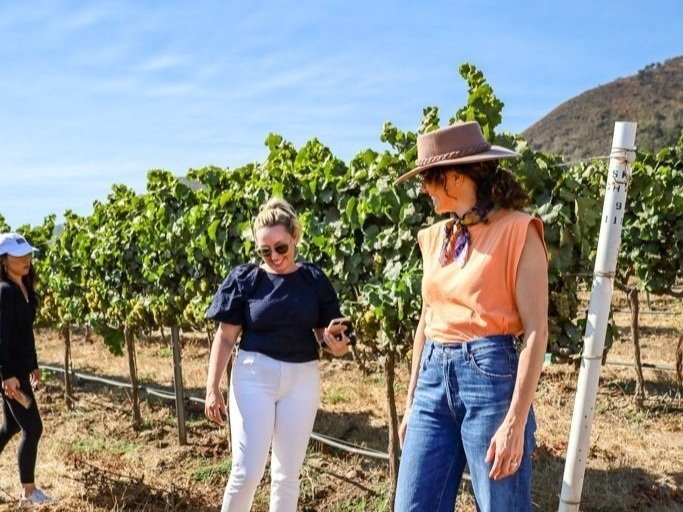
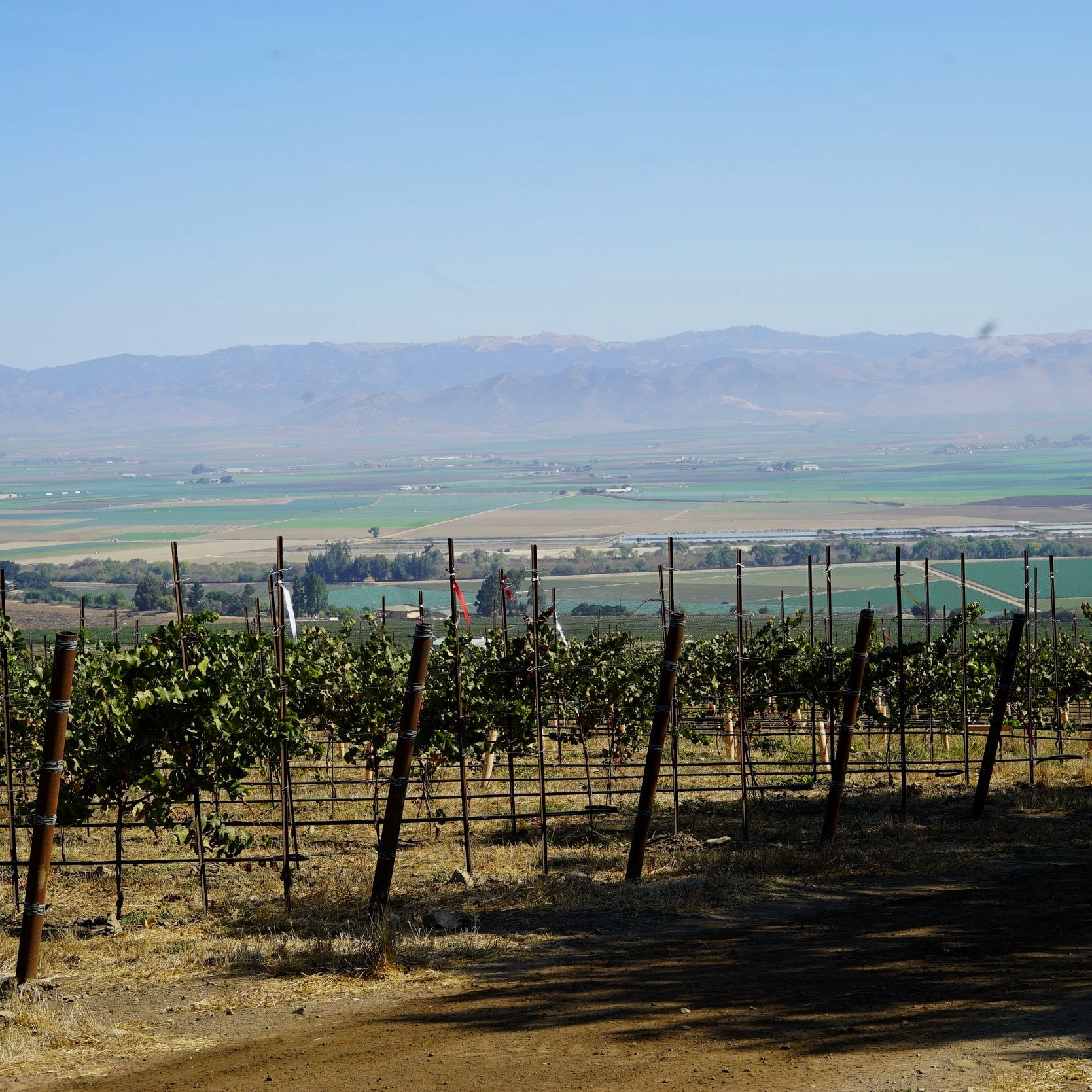


One other important thing to note and are likely to hear about is one of the most unique geographical influences in all of California - the Blue Grand Canyon just off the coast in the Pacific Ocean. This enormous 60-mile long, 2-mile deep submarine canyon provides 300 cubic miles of deep, cold water to not only keep the coastal region cool and attract marine wildlife, but it also helps moderate the warm in-land temperatures through fog, wind, and lack of rain through the growing season. You’ll feel the effects all throughout the day but come early afternoon when the sun is overhead and that wind picks up to cool you down, you’ll know for certain it’s real.
WHERE TO STAY
📍Pro-Tip: Stay on the coast, take day trips into the vines
With the majority of hotels and restaurants concentrated on the coast, your best bet is staying near the water and keeping that as home base as opposed to trying to book out by the vineyards. As you’re researching hotels and restaurants, keep your search narrowed to essentially between Carmel-by-the-sea and Old Fisherman’s Wharf in the mouth of the Monterey Bay. You COULD stay in Big Sur, just keep in mind that the Santa Lucia Mountains block your direct path out to the vineyards so you’ll be tacking on an extra 30min or so to head up and around.
HOTEL RECOMMENDATIONS
WHAT TO DO
From wine tasting to eating to finding nemo, here are a few not to miss things to do in Monterey, CA
WINE TASTING
As a wine lover you’ll love all that Monterey has to offer in terms of variety. From layered, textured Chardonnay and bright, zippy Pinot Noir to some of the most impressive Traditional Method Sparkling Wine’s in the world, Monterey is larger than you might realize and quietly producing some of California’s most notorious wines. And when it comes to quality, while Monterey IS home to more ubiquitous producers like Kendall Jackson (about 40% of the fruit for Vintner’s Reserve Chardonnay is grown here), the quality of wines produced has a broader range than you might expect. Don’t be surprised when you mistake the Caraccioli Blanc de Blancs for a high-quality grower Champagne and Talbott’s “Fidelity” Chardonnay for a premier-cru Meursault. Keep an open mind while tasting and remember that price is not always commensurate with quality - there are A LOT of diamonds in the rough here.
You’ll have to approach wine tasting in the wine region of Monterey a little differently than you would in places like Napa Valley or Paso Robles where the wineries are set up to receive guests and offer hospitality experiences. In a region where agriculture reigns supreme, the winery (ie brick and mortar winemaking facility) to vineyard (actual land where the vines are grown) ratio is one that favors grape-growing with about 46,000 acres of vines planted and only 82 bonded wineries in the Monterey AVA. And while I highly recommend heading in-land to see the actual wine-growing areas, you should know that tourism in those parts hasn’t totally “popped-off” just yet. While some wineries do open their doors to guests, several have opted to focus solely on winemaking at their in-land facilities and instead offer experiences at sister tasting rooms on the coast in places like Carmel-by-the-sea. With that in mind, it’s no surprise that you won’t find much in the way of notable hotels or restaurants among the vines beyond a handful of great local taco spots here. Instead, make going in-land more of a day trip, pack a lunch, and stay the night and eat dinner on the coast.
To keep things simple, I’ll break the wine tasting possibilities up between in-land (where the vineyards are) and coastal (where the tasting rooms are).
🍷 ON THE COAST 🌊
Since many of the in-land wine growing regions (Santa Lucia Highlands, etc) aren’t in any hurry to cash-in on tourism just yet, several wineries have opened tasting rooms in the quaint village Carmel-by-the-Sea where you can grab a glass of pinot, shop for a cashmere sweater at the high-end boutiques, and pop in for a bite at one of the 60+ cafe’s, restaurants, and coffeeshops, and bars without breaking a sweat. From the legendary Talbott Vineyards to new-wave sparkling-wine house Caraccioli, the variety of what you can taste among the 18+ tasting rooms in this 1-square mile resort town makes it well-worth a stop.
Here are a few of my favorite tasting rooms in Carmel-by-the-Sea
🍷 IN-LAND 🍇
EATING
Monterey’s culinary scene is a venerable one, but it’s still one that takes a little digging. The proximity to the country’s main produce artery and the Monterey Bay make it a chef’s playground of fresh ingredients and as such has attracted some impressive talent to the region. But like any heavily visited region, many restaurants have shifted their efforts to capitalize on tourist traffic. So while there is definitely great food to be found, tourists-traps are aplenty - especially in Cannery Row and Carmel-by-the-Sea. As such, beware of aggregated review sites like Yelp that will direct you to many of those places and instead seek out smaller, slightly off-the-beaten-path, and independently owned restaurants instead.
PLAYING
When you’re not tasting wine or grabbing a bite there are plenty of things you can and should do.
-
In addition to it being one of the most beautiful courses in North America with astounding views overlooking the Pacific, this golf-course is consistently ranked in the top 10 in the US among enthusiasts and pros. And believe it or not it’s open to the public. While guests of the resort will have priority access and the ability to reserve up to 18 months in advance, non-guests can book a tee-time 24hours in advance - subject to availability.
You’ll be about a 10 minute drive to Carmel-by-the-Sea so book some wine-tastings and a lunch for after you’re done or drive further down the coast about 40 min to Big Sur.Description text goes here
-
Surf it, walk it, camp it, or just gaze in astonishment, Big Sur is one of those “you have to see it to believe it” kind of places. Located just off the Pacific Coast Highway, Big Sur stretches from Carmel to San Simeon and is truly one of the most breathtaking things you’ll ever witness. Grab a bite at Nepenthe and order a bottle off of their impressive wine list. The food prices definitely take into account the view, but the wines are shockingly well-priced.
-
The Monterey Bay Aquarium is all sorts of impressive and certainly not your average fish exhibit. The Monterey Bay offers a natural habitat for much of the marine wildlife that you’ll see which makes it one of the most diverse and fun places for people of all ages to visit.


